אנא צרו קשר עם הגלריה לקבלת מידע נוסף.
2024
2023
2022
2021
2020
2019
2018
2016
2015
2014
2011
2010
2009
על בואו של המייפלאואר בשנת 1620
כישוריו יוצאי הדופן של נ.צ. וויית' כמאייר נבעו משרטוטים ללא דופי וכצייר, מחוש הצבע העשיר וההרמוני שלו ומיכולתו ללכוד את איכות האור עצמו. אבל זו אומנותו שאין דומה לה בסיפור ובדמותו עם תחושה עוצמתית של מצב רוח שאנו מעריצים יותר מכל – היכולת להעביר את עצמו לעולם ולזמן יצירתו ולהעביר אותו בתחושת שכנוע יוקדת. יכולת זו ניכרת במורכבות הקומפוזיציונית של "צעד אחד נוסף, מר ידיים!" של אי המטמון כפי שהיא ניכרת כאן, בתיאור המסכם של ספינת סוחר מרובעת מהמאה השבע-עשרה שהושלכה לים. "ביאתו של המייפלאואר" ב-1620 הוא הצהרה פשוטה של עובדות הניתנות לצפייה, אך הגאונות המושלמת של וויית' כמאיירת מטמיעה בו את האוויר המלוח והטעם הלוכדים את רוחם ההרפתקנית של הגברים והנשים שזוכים במידה רבה לייסוד אמריקה. רוח זו נישאת על הרוח ועל המפרשים המתוחים, על העקבים ההמומים של הספינה על אפה של גאלה נוקשה, על העננים הדחפים, הזורמים, ועל השחפים המסודרים בחביבות כדי לחגוג את הגעתה, שכן הם מלאכי הנוצות של פרובידנס המנחים אותה לנמל מבטחים.
ביאתו של המייפלאואר בשנת 1620 התבססה על שני מחקרים, ציור קומפוזיציה בגרפיט וציור פרזנטציה קטן. נראה כי ציור הקיר המוגמר הותקן בשנת 1941.
היסטוריה
לפני שהייתה טלוויזיה ועל תקופה שבה הקולנוע היה עדיין בחיתוליו, האיורים של נ.צ. וויית' חשמלו את הסיפורים שהוא עיצב באופן חזותי וביאורים. כקורא צעיר של "אי המטמון", מי יכול להכחיש את הדחיפות לקרוא את האיור המבריק הבא? או, בציפייה נרגשת, לדפדף בין הדפים שוב ושוב אל התמונות שלפנינו, כה חיות ומלאות חיים ומלאות בראבאדו?
ב-1939 הציעה חברת מטרופוליטן לייף לוויית' הזמנה מסוג אחר; סדרה של ציורי קיר מבד שיישענו פחות על בראבדו, אולי, אלא במקום זאת, על תחושה עמוקה של זמן ומקום. הם יציעו חזון אנרגטי ומפואר ויבטאו את רוח הגאווה הלאומית על ידי חגיגת הערכים החזקים המבטאים את המשמעות של להיות אמריקאי. ווית' התרגש. 14 לוחות הקיר שהוא הסכים לייצר יביאו את עולמם של עולי הרגל לחיים זוהרים ו"ישמשו ביטוי גרפי ודרמטי של רוחה של ניו אינגלנד" (Douglas Allen, et al., N. C. Wyeth: The Collected Paintings, איורים וציורי קיר, עמ' 169). ווית', אמן בעל מיומנות שאין דומה לה ומושקע באופן מלא באותנטיות של הדמויות המאכלסות את סיפוריו, התענג על ההזדמנות להעביר את הגאווה שחש כלפי עברו הקדמון.
"הרומנטיקה של ההתיישבות המוקדמת, במיוחד של עולי הרגל במסצ'וסטס, תמיד ריגשה אותי. אבי הקדמון, ניקולס ווית', הגיע מוויילס למסצ'וסטס בשנת 1647. רוח הימים הראשונים בחוף מסצ'וסטס הייתה נושא שנדון בביתי. נולדתי בנידהם, לא רחוק מהעיירה פלימות', שאליה עליתי לרגל רבות בילדותי, וביליתי ימים מרגשים בשטח ההיסטורי ובסביבתו. עם זה כרקע, זה היה טבעי כי במוחי ובלבי צריך לטוס פלימות 'ולעולי הרגל כנושא מתאים לסדרה של ציורי ניו אינגלנד. אם כן, החום והמשיכה של הציורים האלה ניכרים לאלה שלומדים אותם, זה בעיקר בגלל שהם, בדרך כלשהי קשורה, הצהרה של החיים והמורשת שלי." (דאגלס אלן ואח', נ.C ווית': הציורים, האיורים וציורי הקיר שנאספו, עמ' 171)
עודתובנות שוק
- הגרף שהוכן על ידי Art Market Research מראה כי ציורים של N.C. Wyeth גדלו בקצב צמיחה שנתי מורכב של 11% מאז 1976.
מחיר השיא של N.C. Wyeth במכירה פומבית נקבע בשנת 2018 כאשר דיוקן של חקלאי, ציור קטן יותר משנת 1943, נמכר בכמעט 6 מיליון דולר.
- אף ציור של N.C. Wyeth בקנה מידה מונומנטלי לא הופיע במכירה פומבית.
התוצאות המובילות עבור N.C. Wyeth במכירה פומבית

"דיוקן של איכר (חקלאי מפנסילבניה)" (1943) נמכר ב-5,985,900 דולר.

"ידיים למעלה" (1906) נמכר ב-4,951,500 דולר.

"שיחת אהבה הודית" (1927) נמכרה ב-3,510,000 דולר.
N.C. Wyeth ציורים באוספי מוזיאונים
מוזיאון המטרופוליטן לאמנות, ניו יורק
מוזיאון פילדלפיה לאמנות, פנסילבניה
מוזיאון ברנדיווין ריבר לאמנות, צ'אדס פורד, פנסילבניה
מוזיאון פיבודי אסקס, סאלם, מסצ'וסטס
מוזיאון גילקרייז, טולסה, אוקלהומה
גלריית תמונות
משאבים נוספים
"אבי" מאת אנדרו ווית'
N.C. Wyeth House & Studio
ציור קומפוזיציה
לברר
אתה יכול גם לאהוב



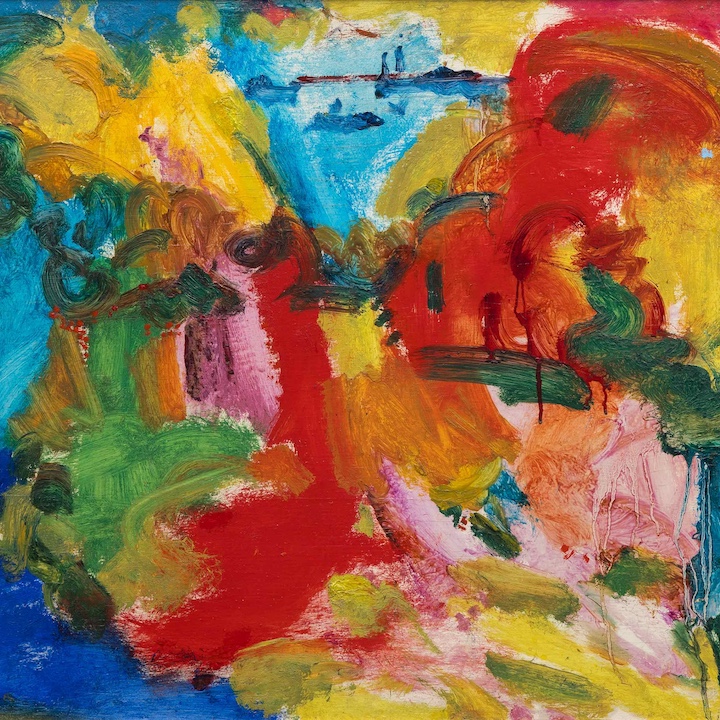
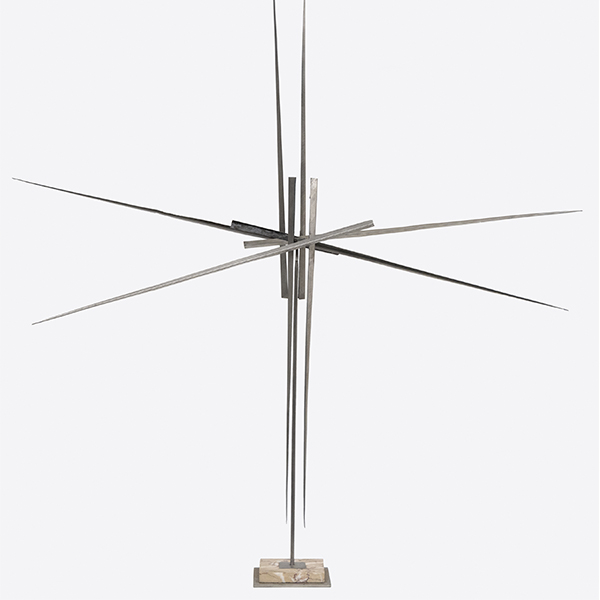
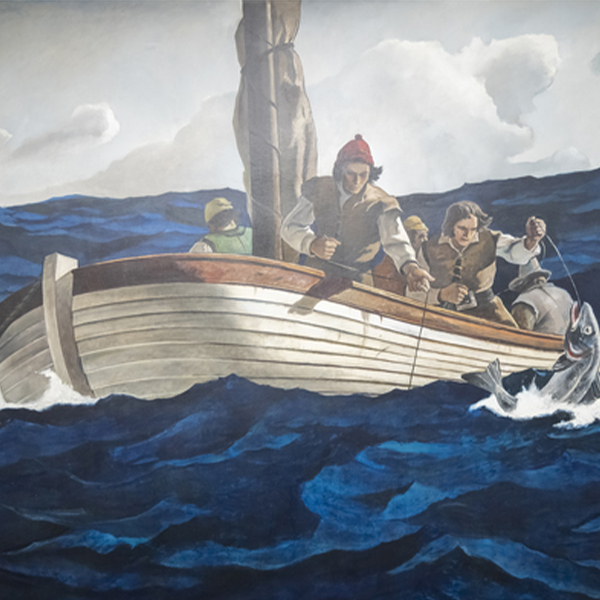
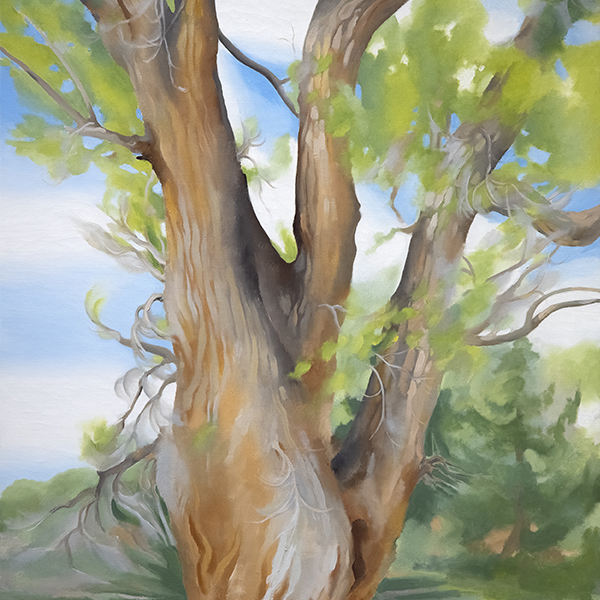
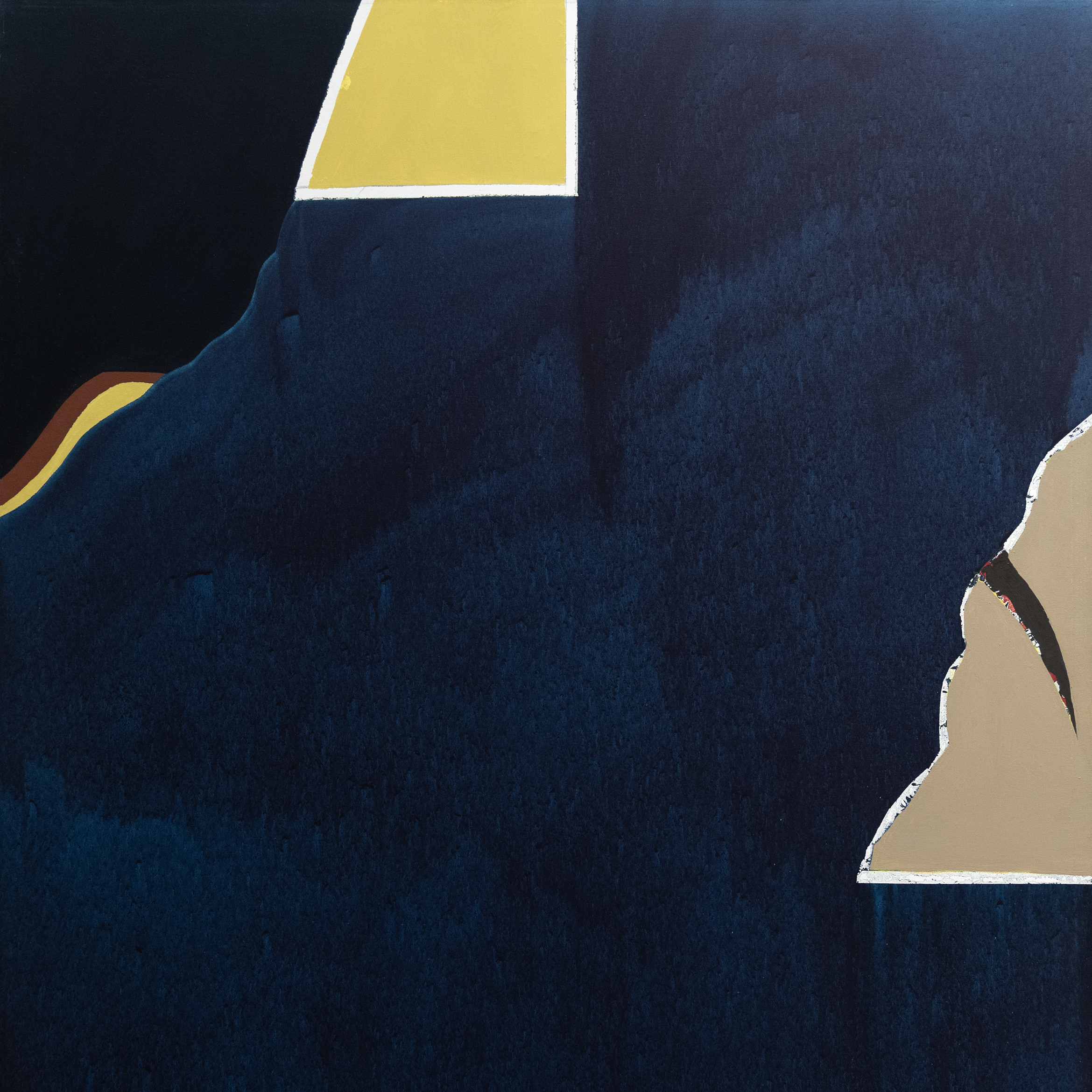
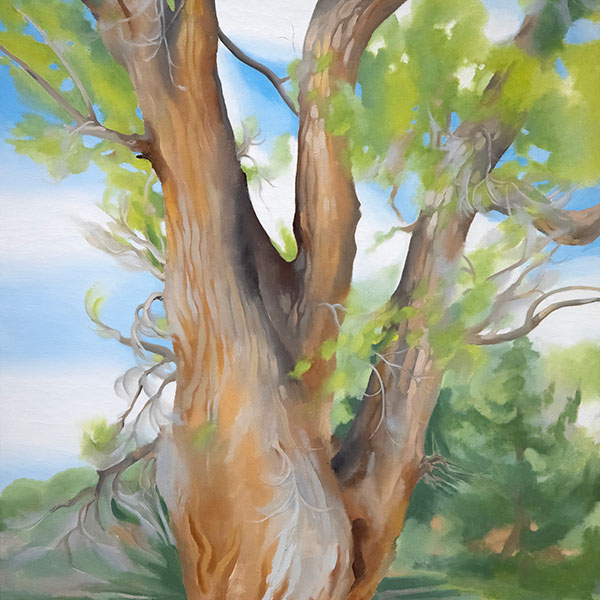
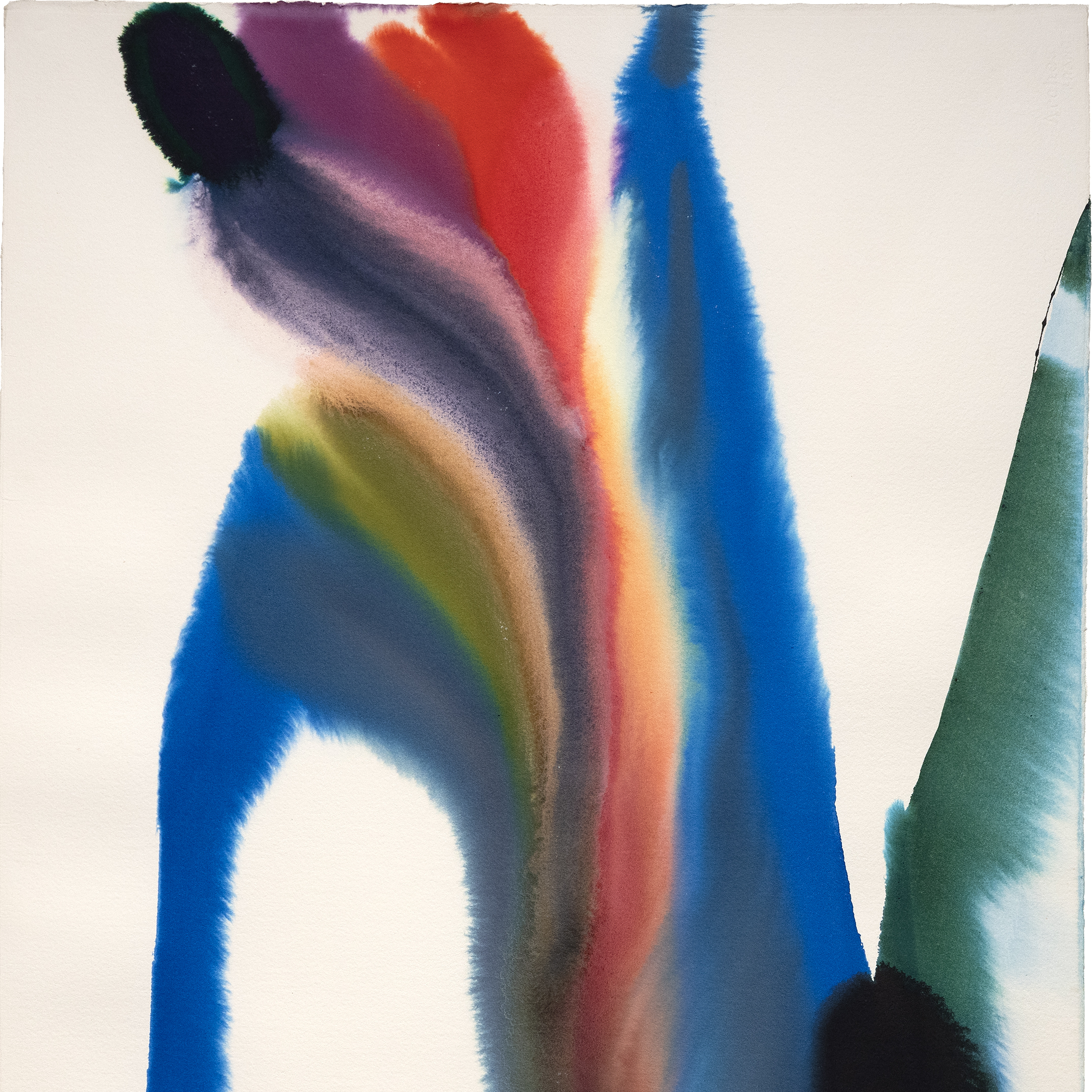
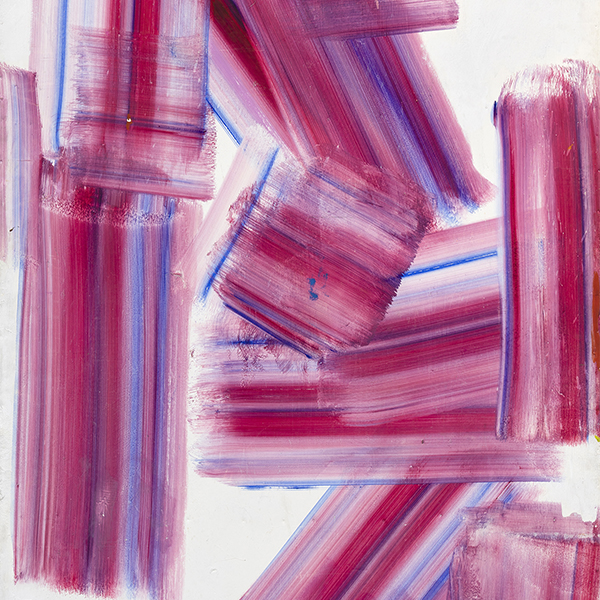
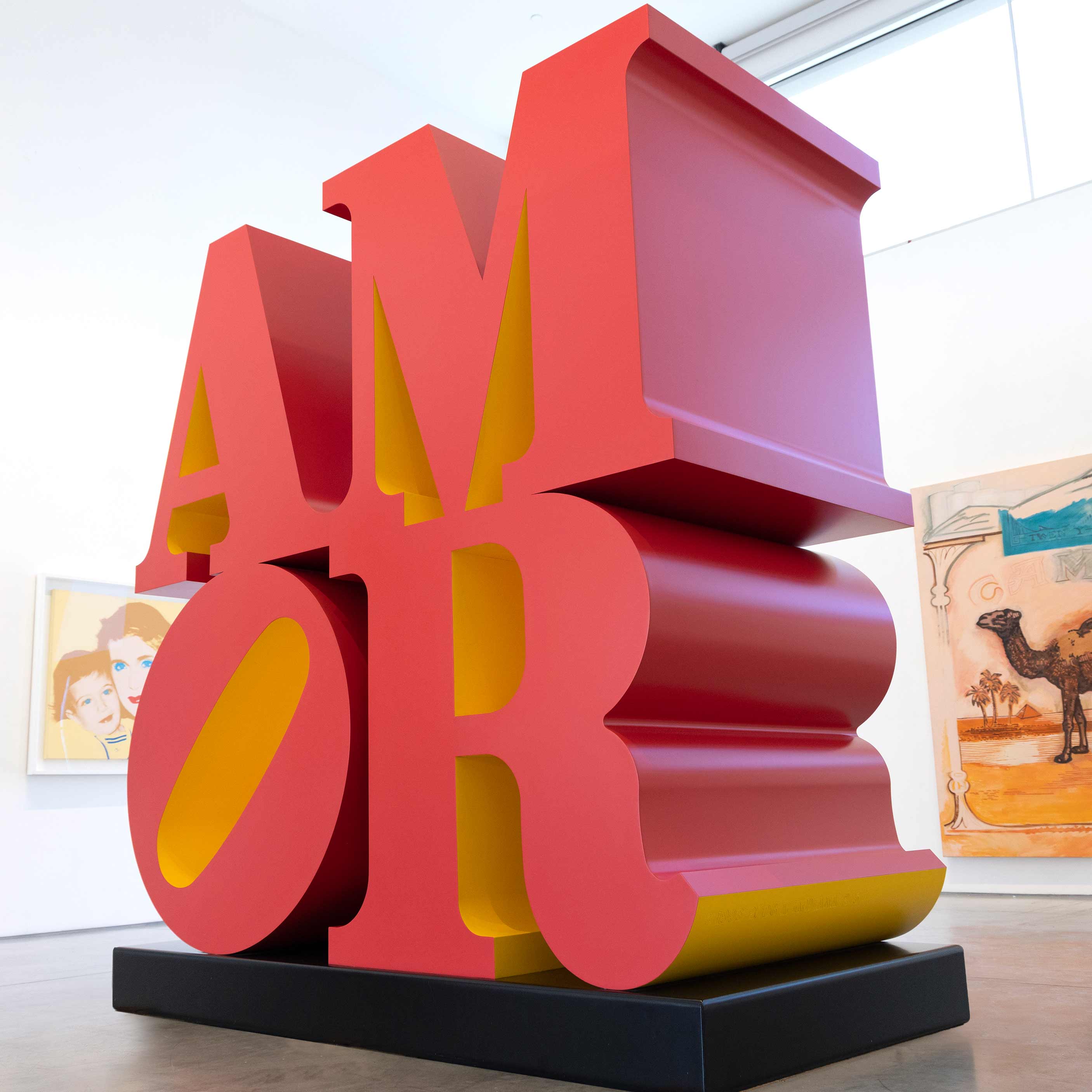
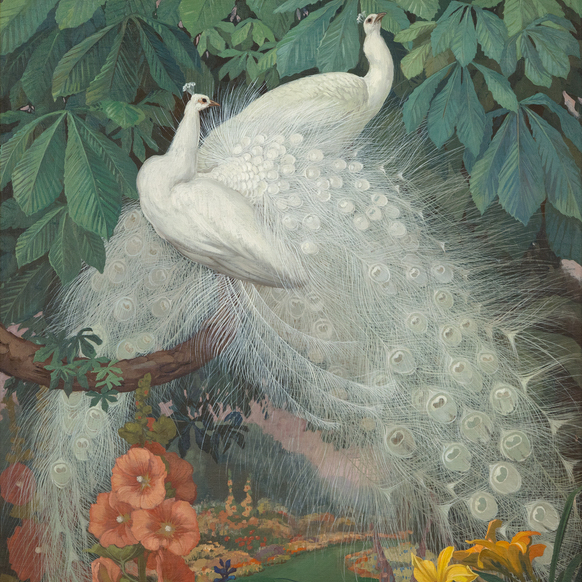
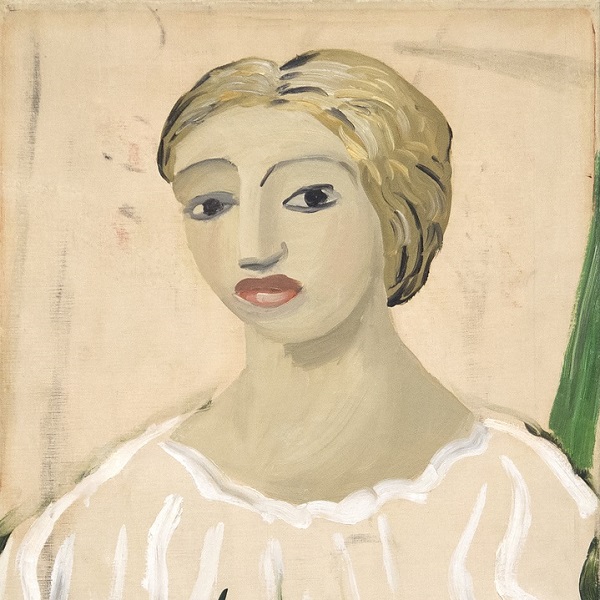
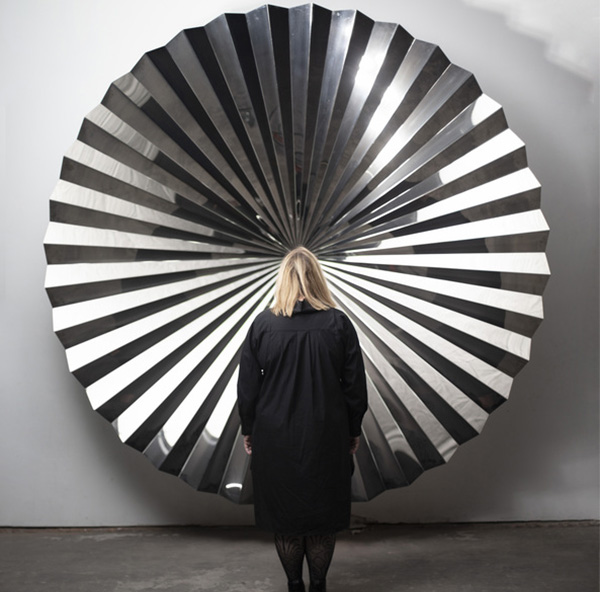
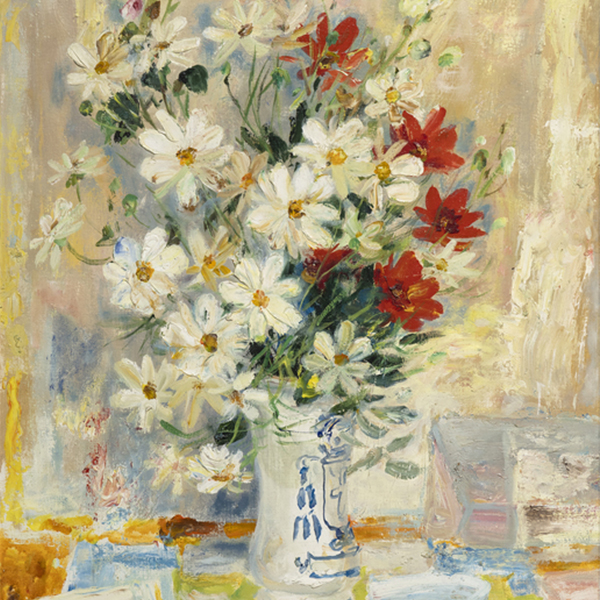
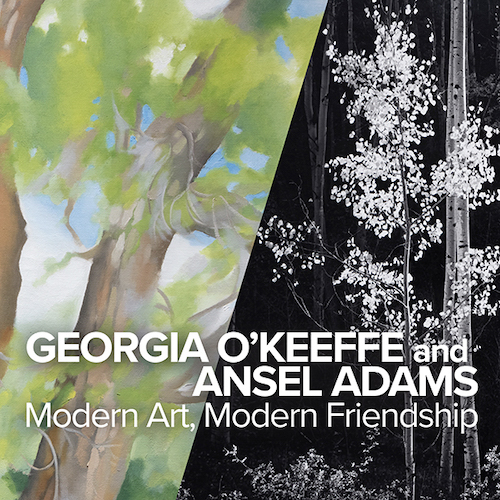
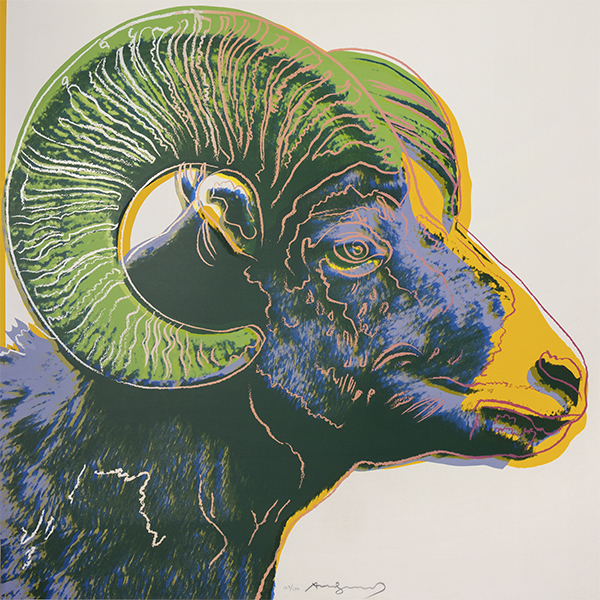
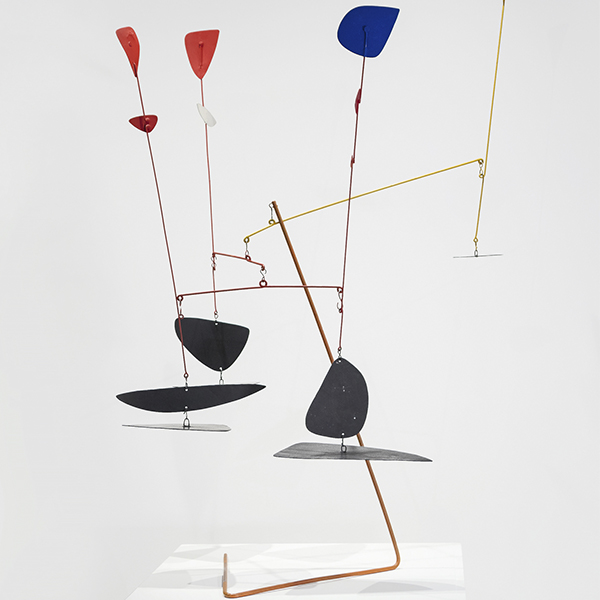
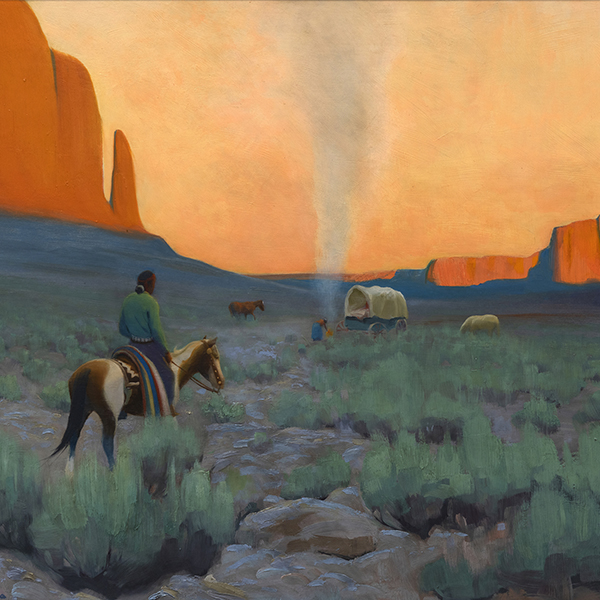
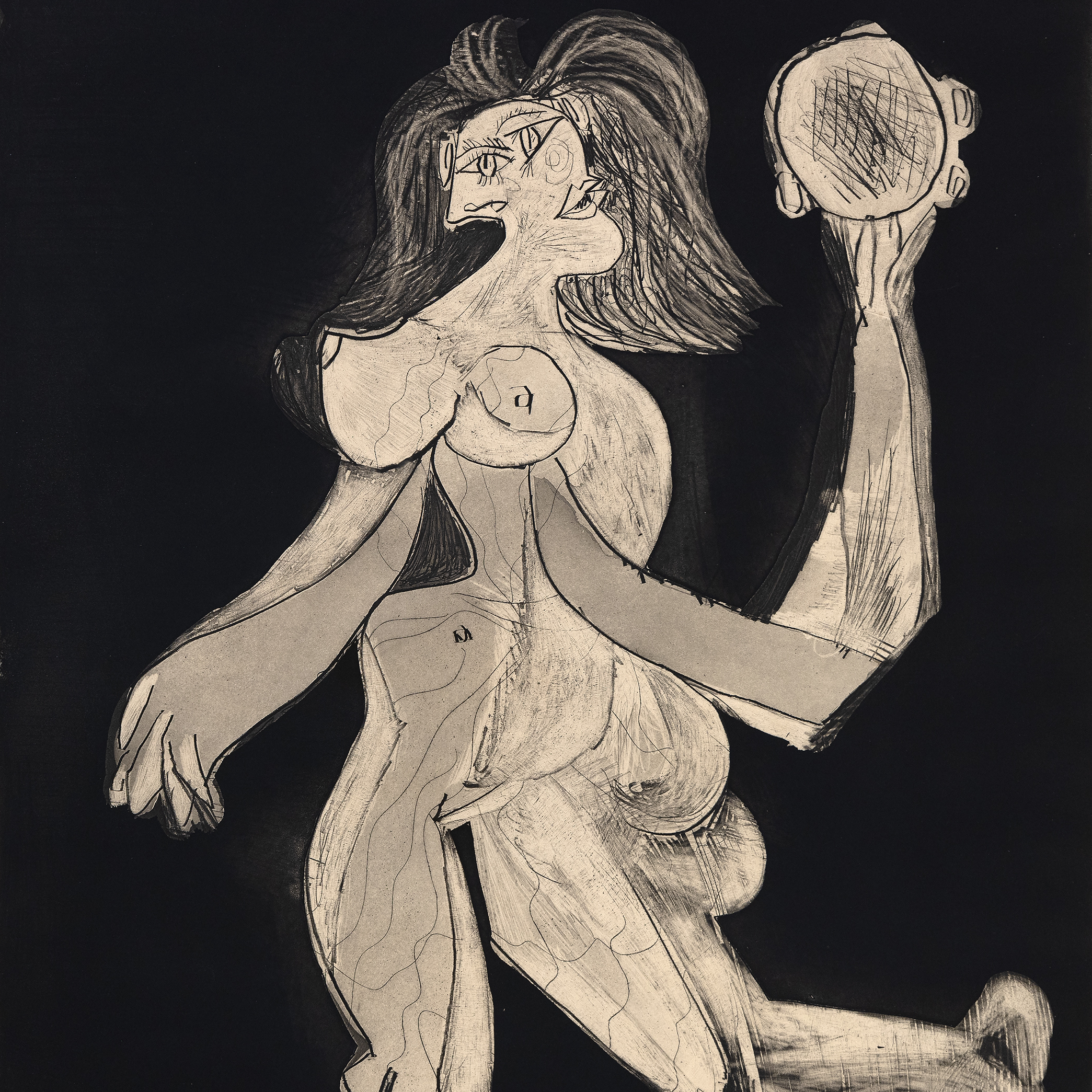
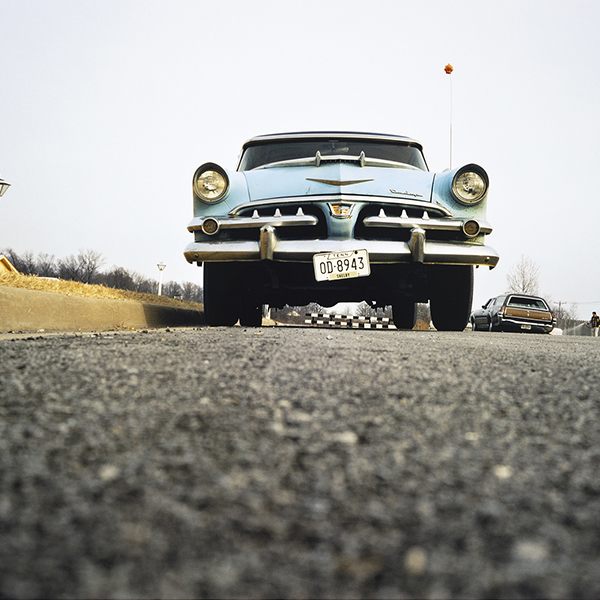
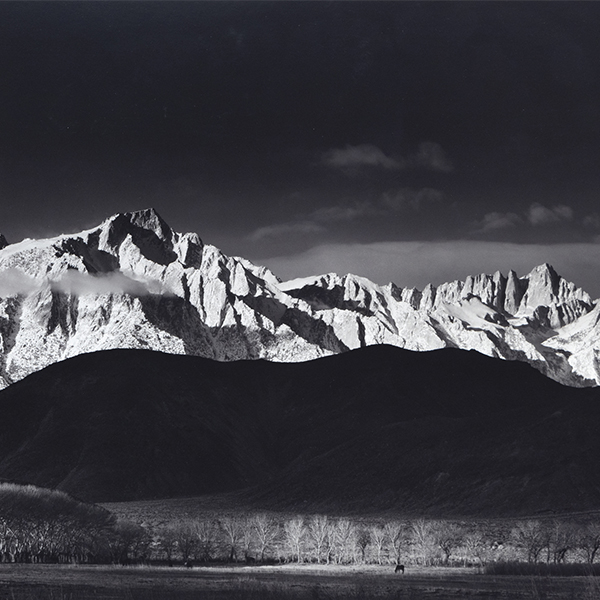
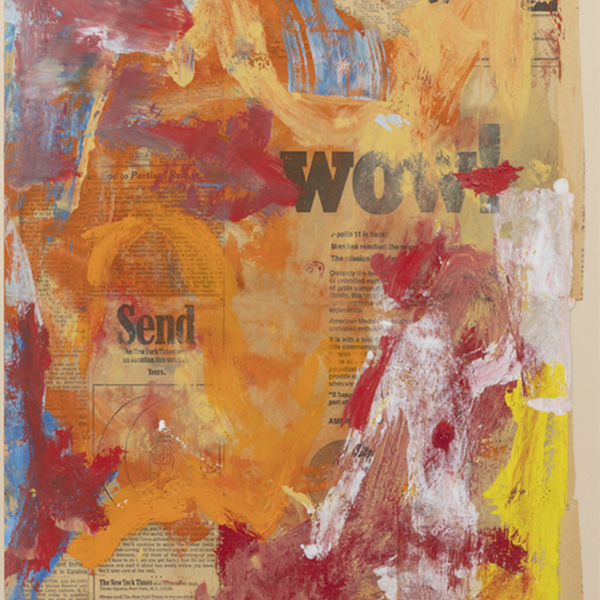
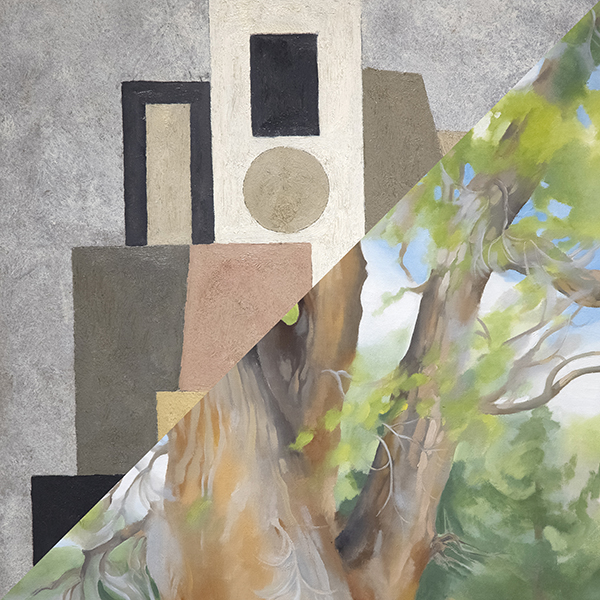
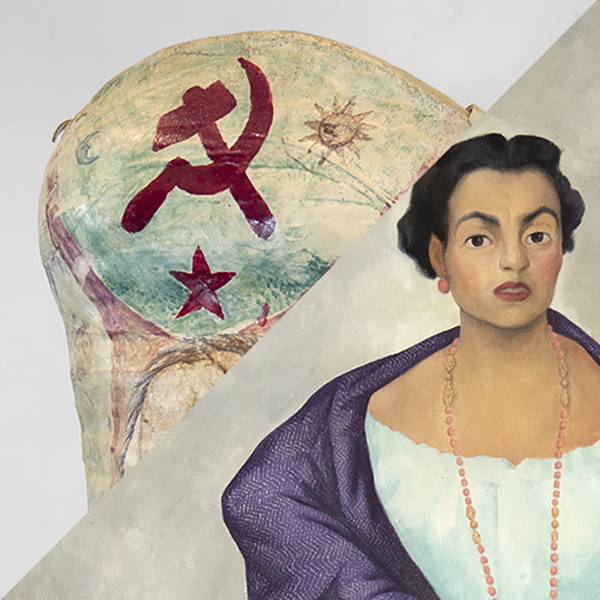
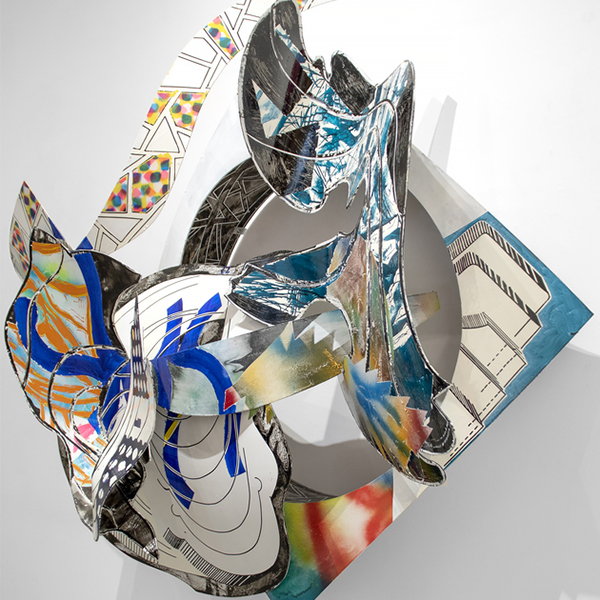
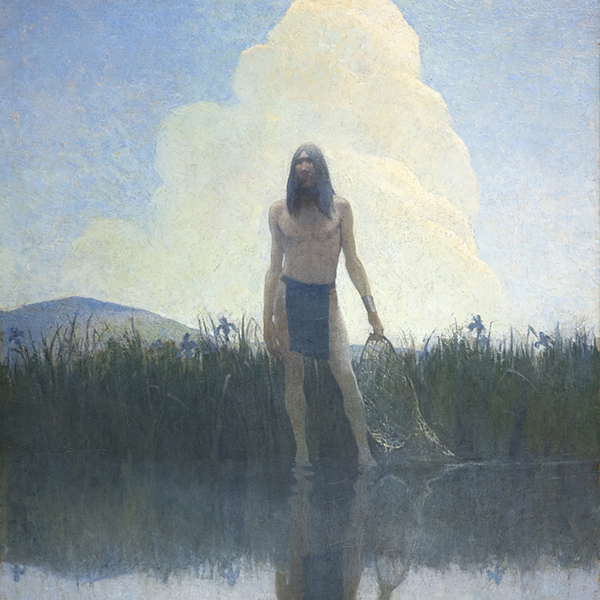
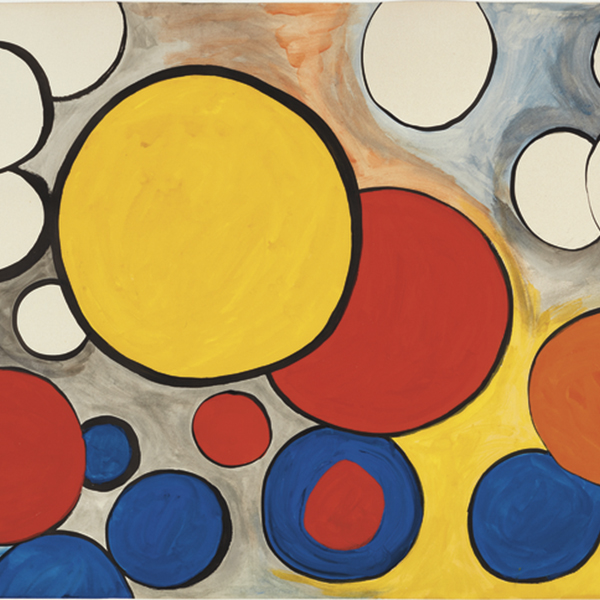
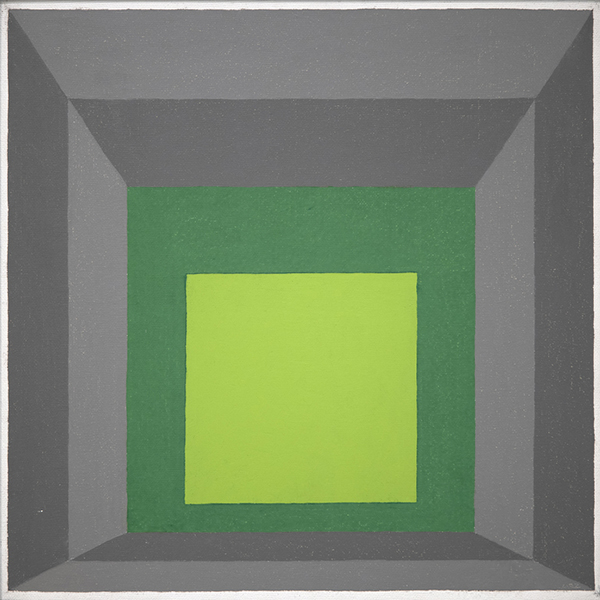
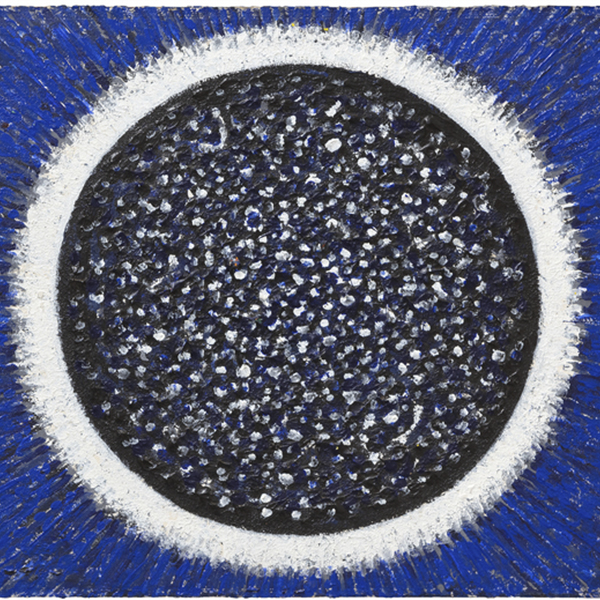
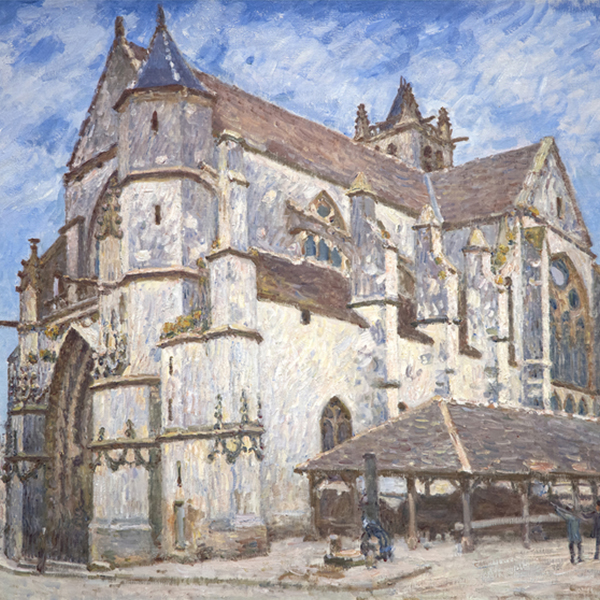
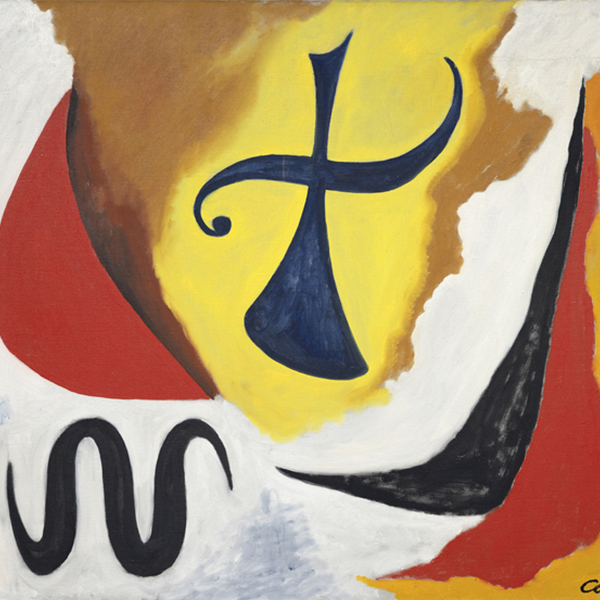
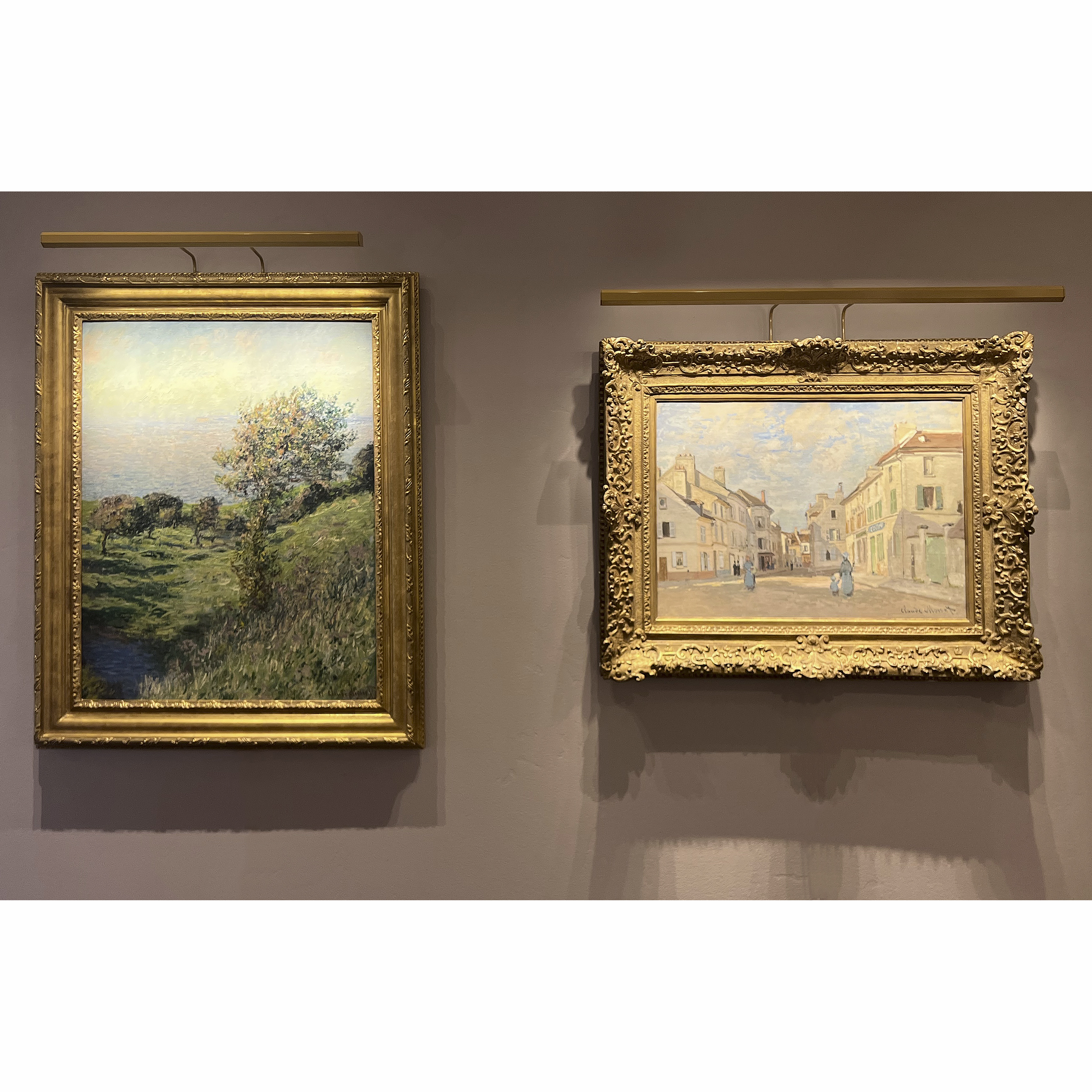
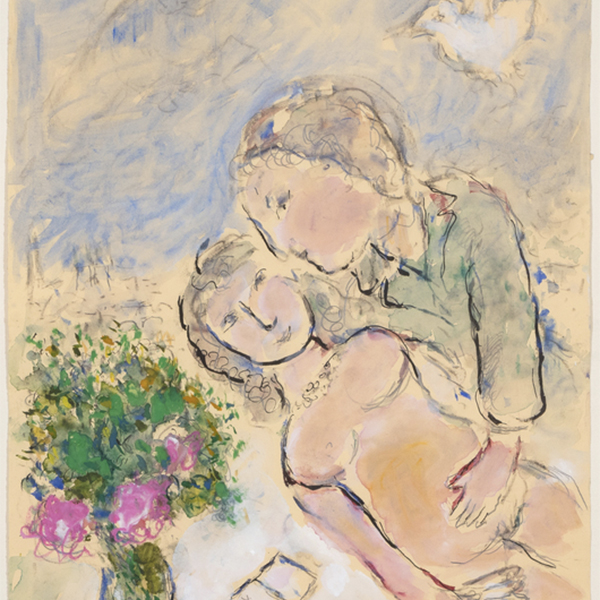
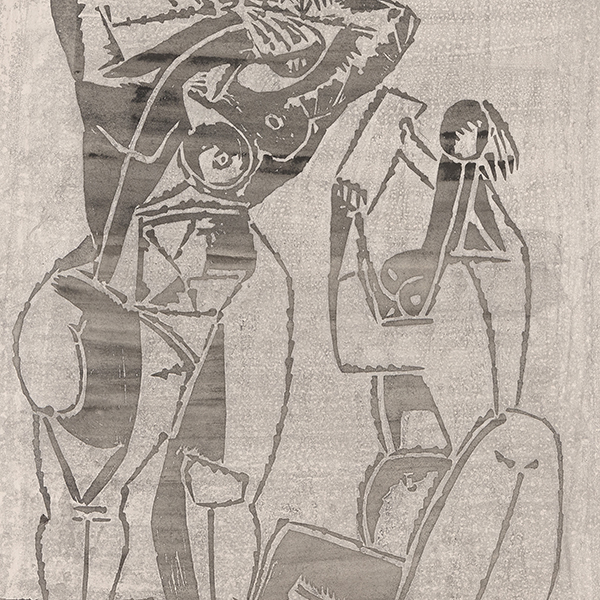
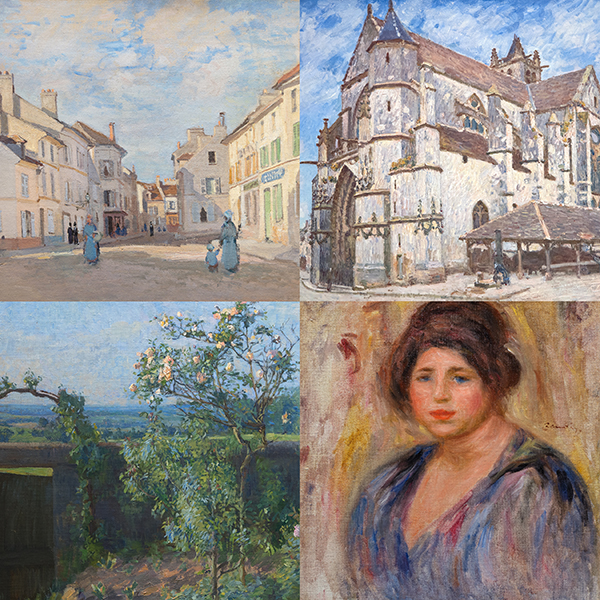
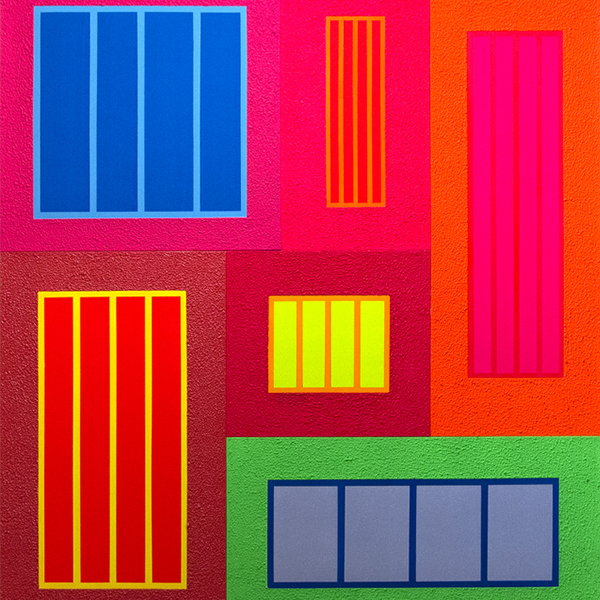
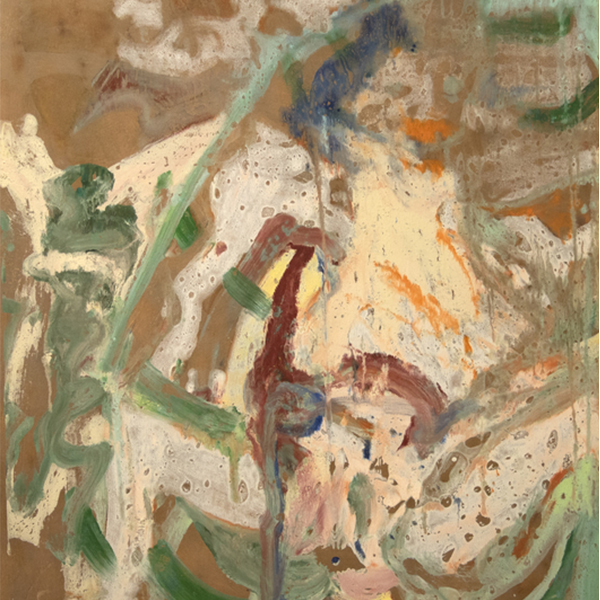
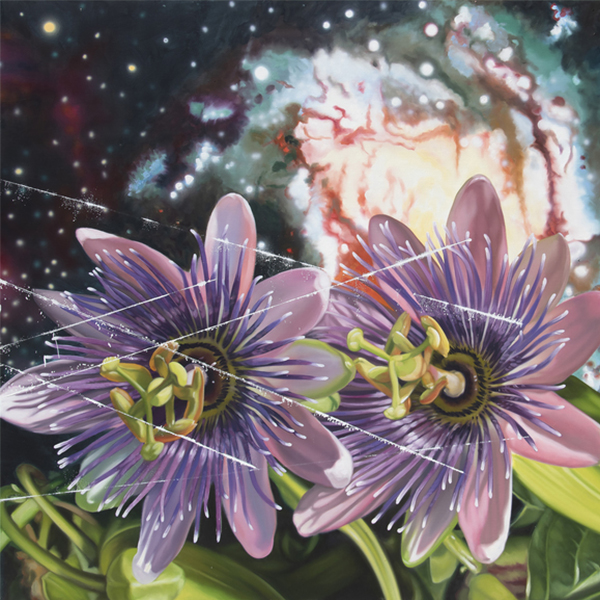
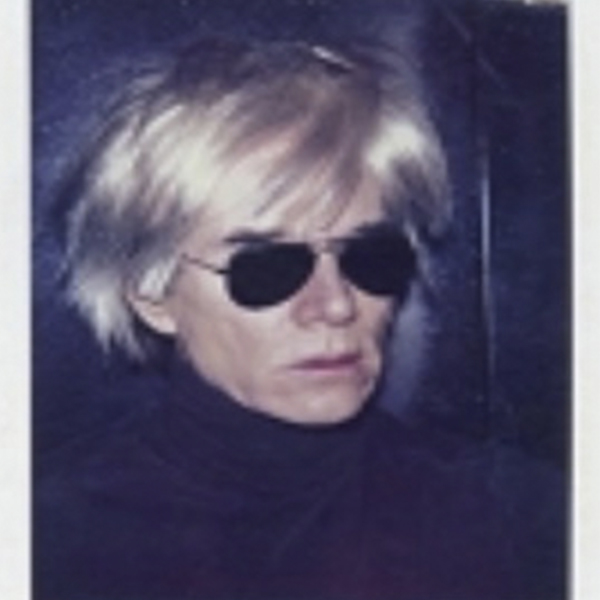
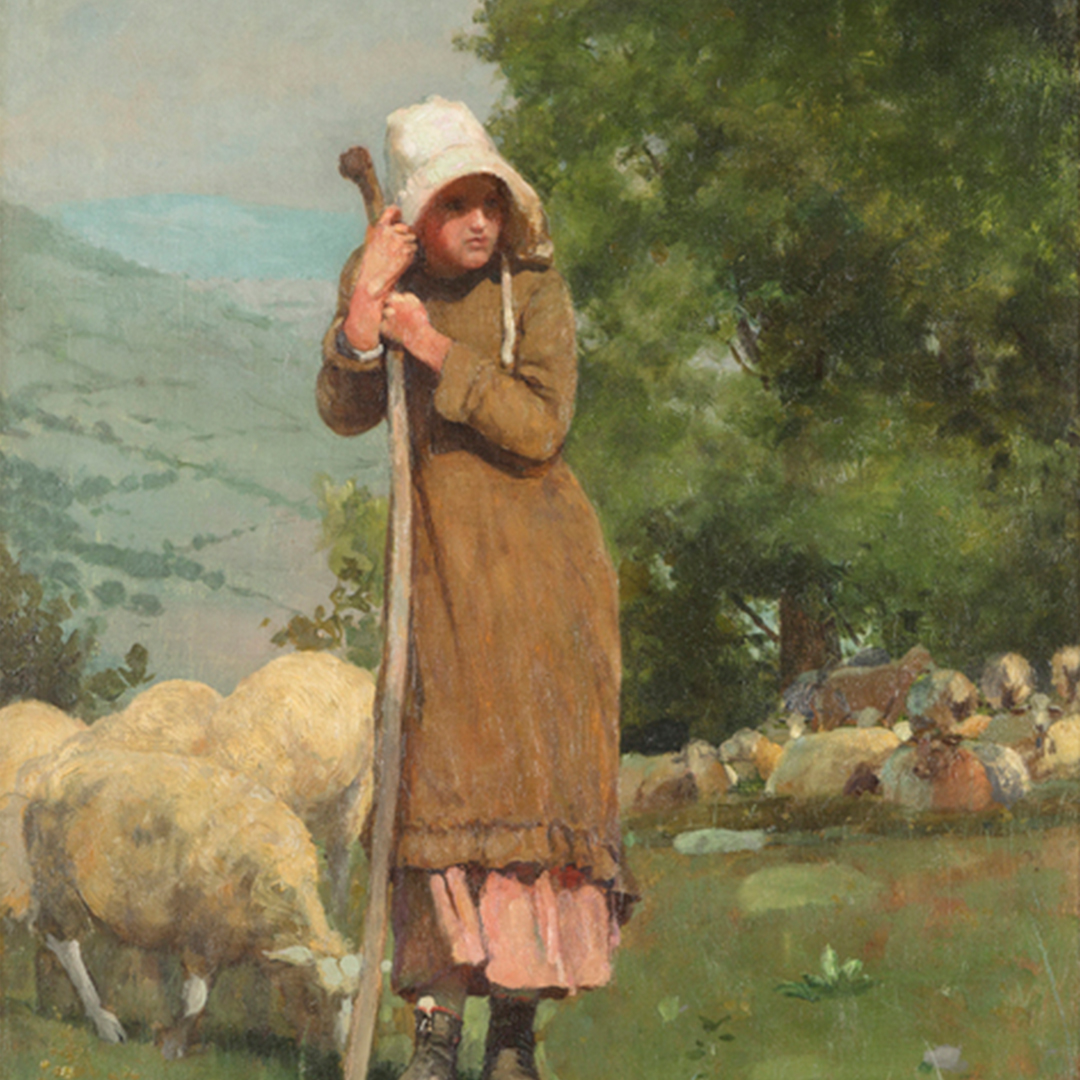
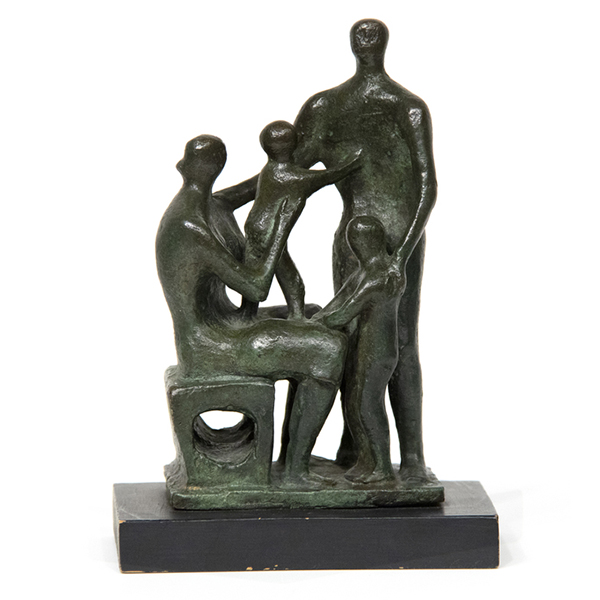
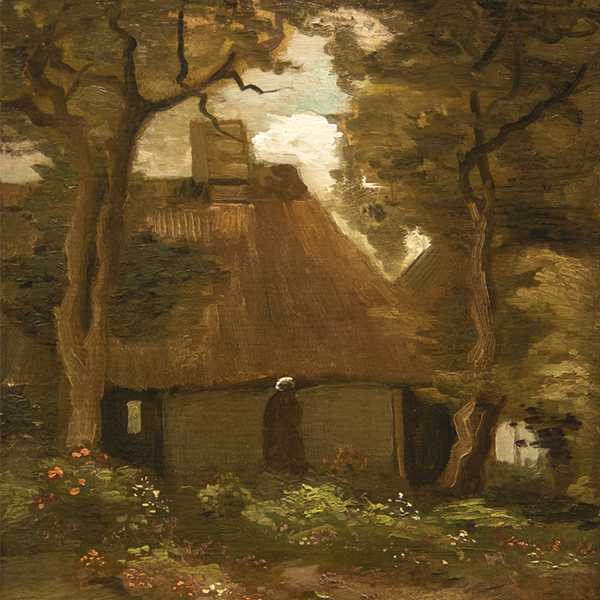
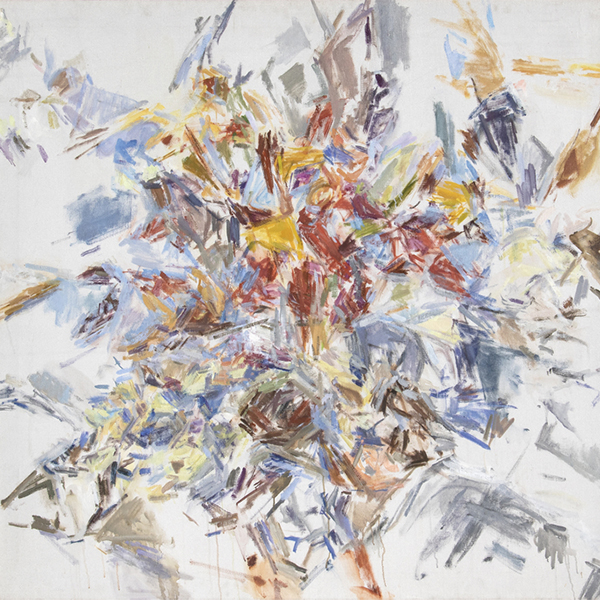
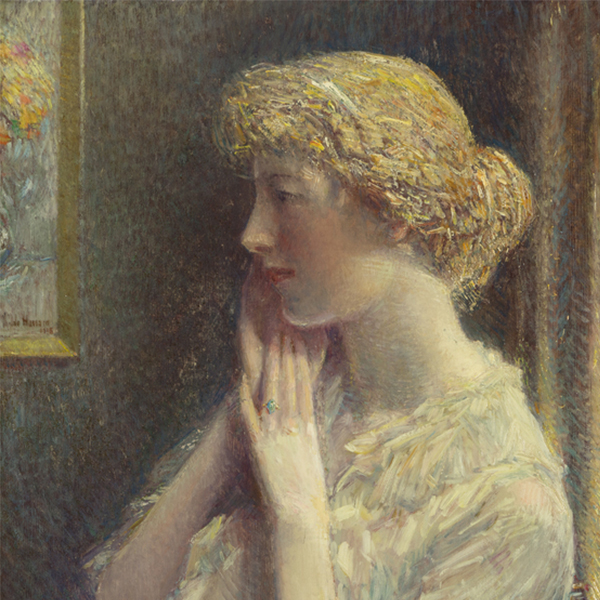
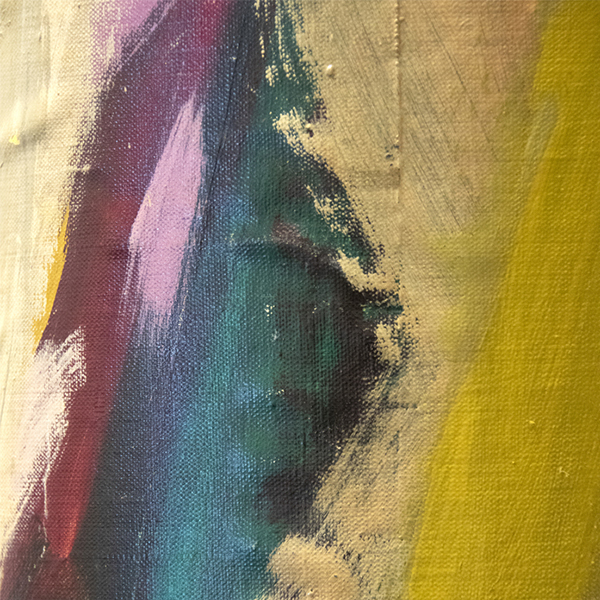
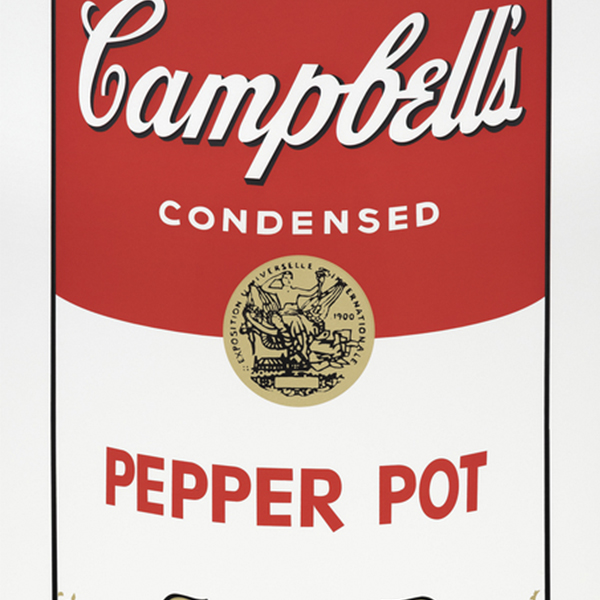
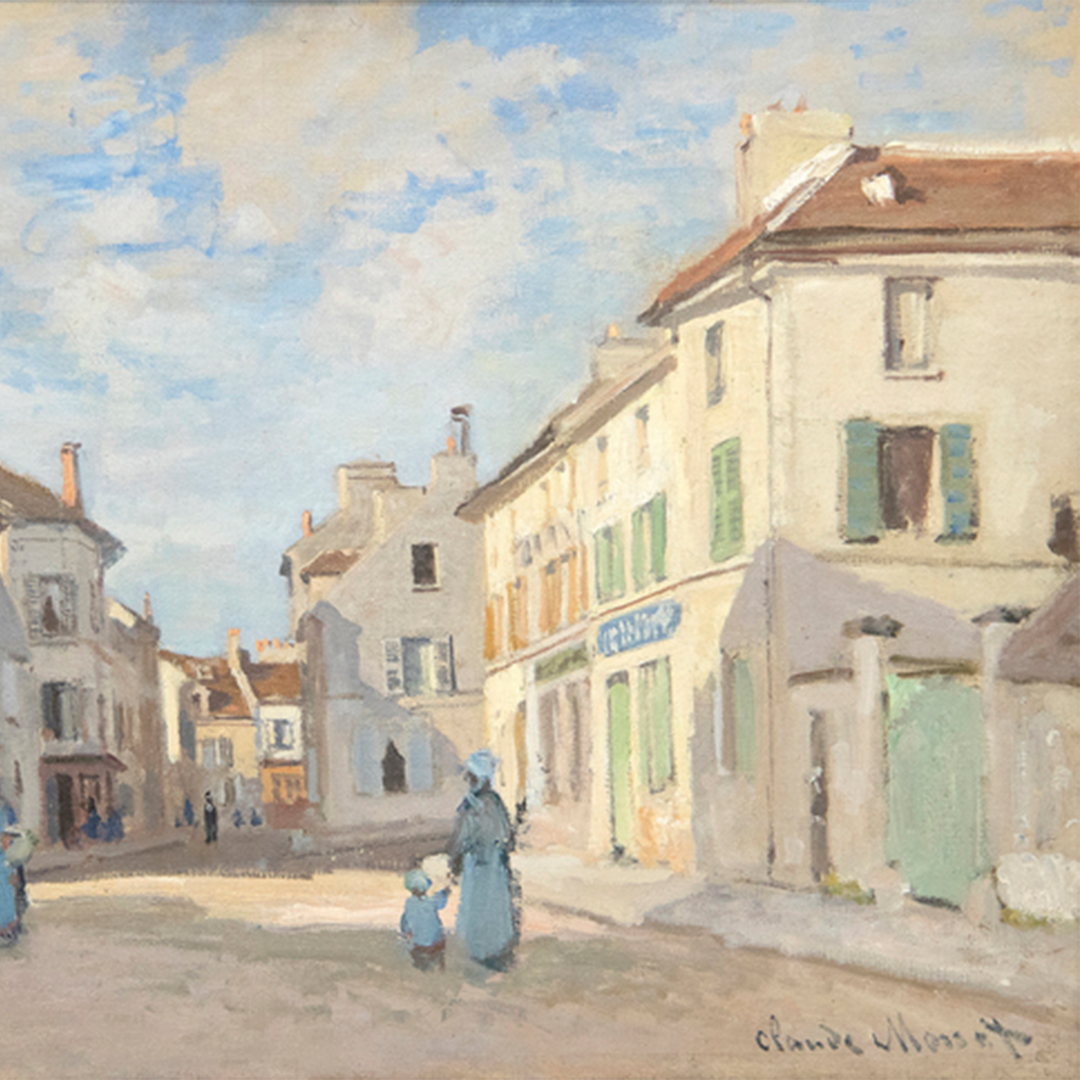
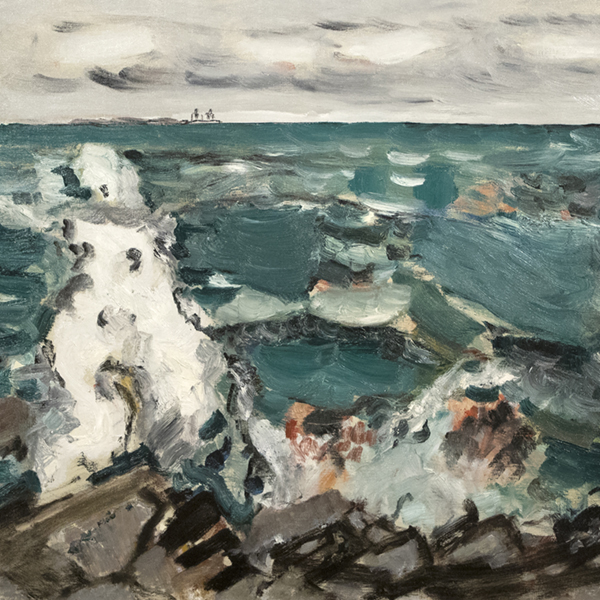
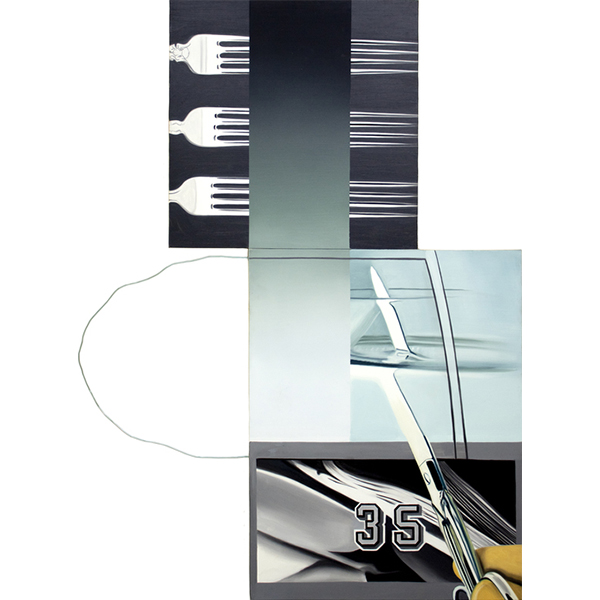

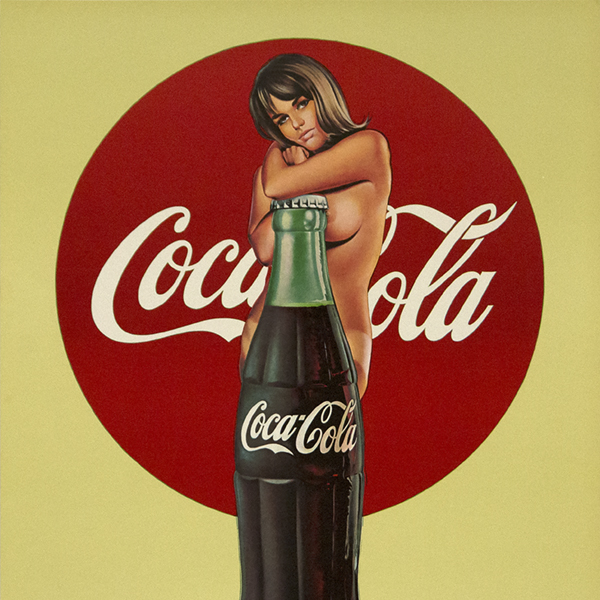

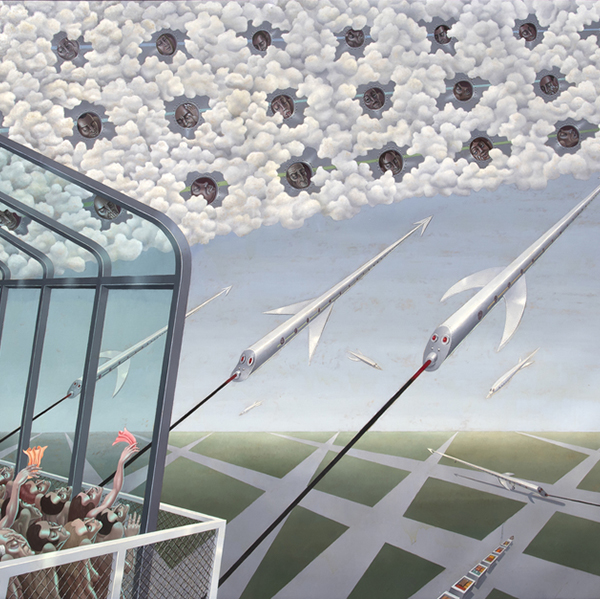
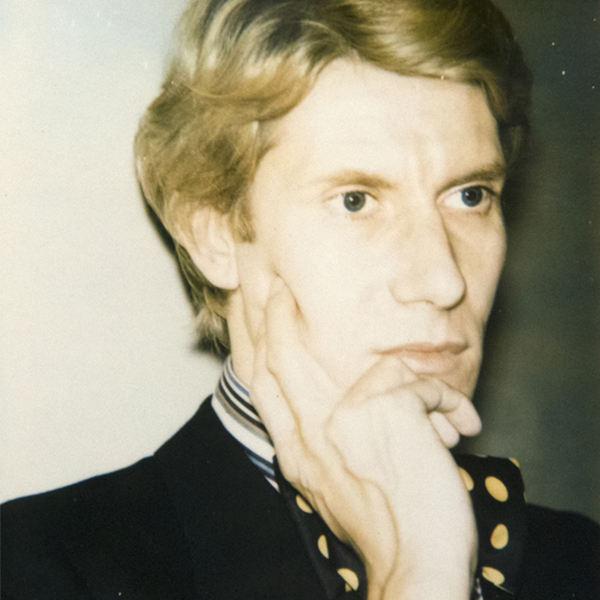



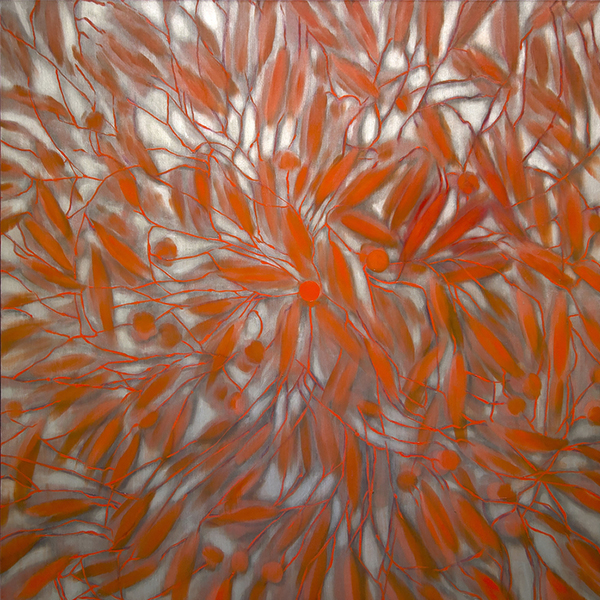
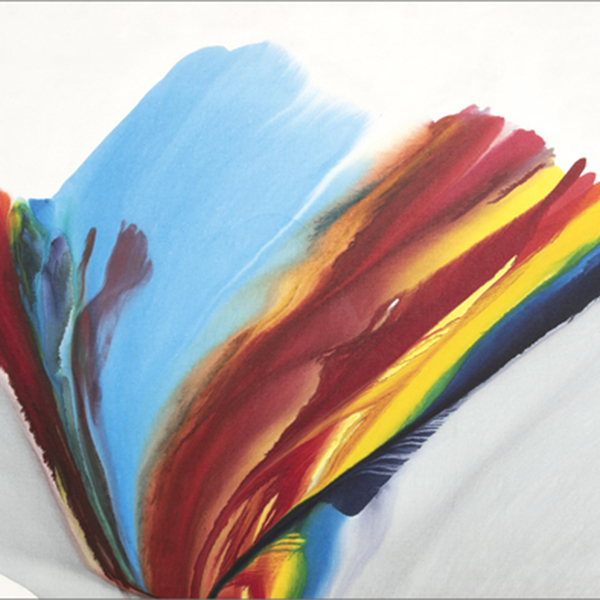
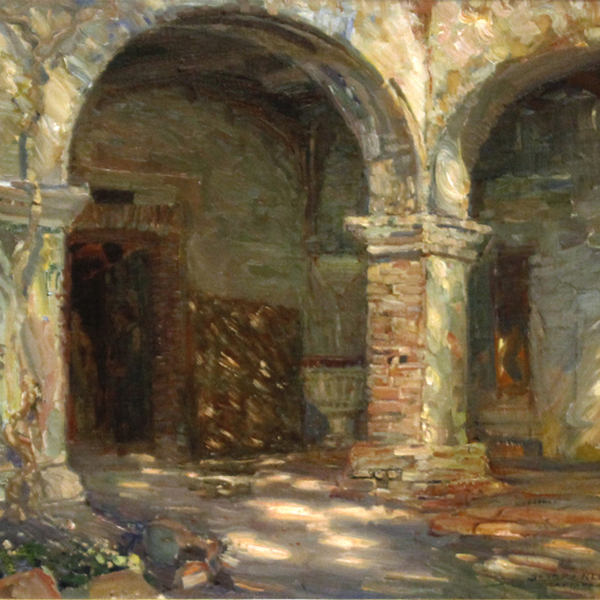
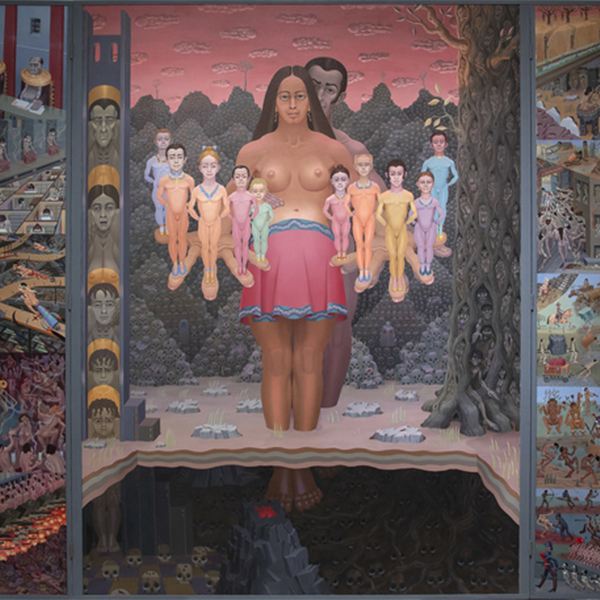
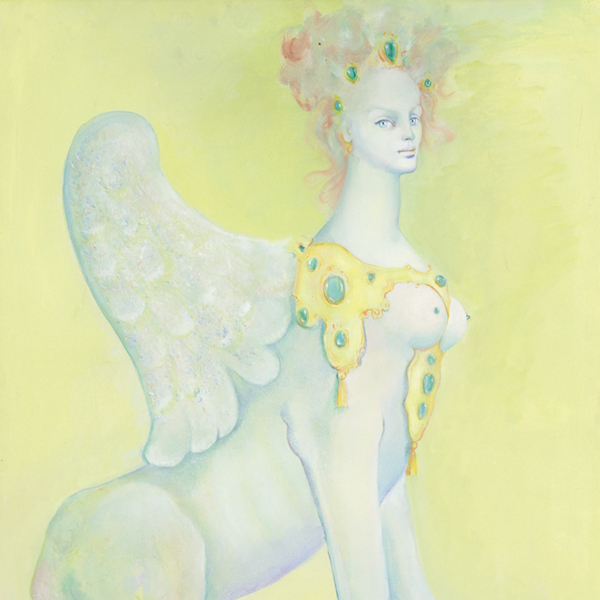

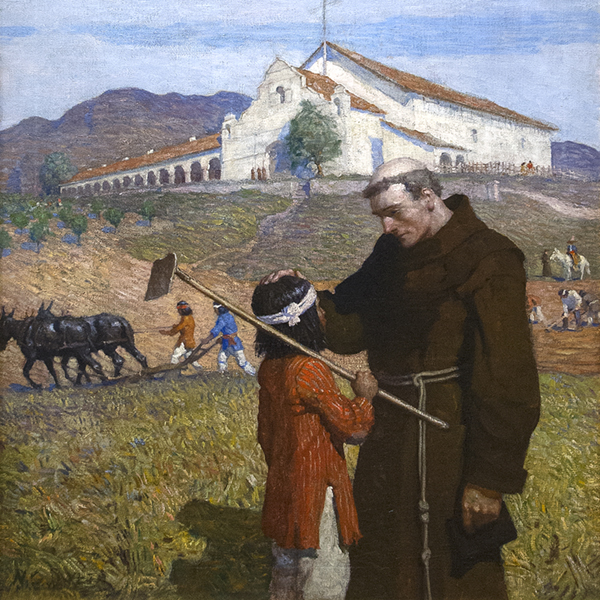
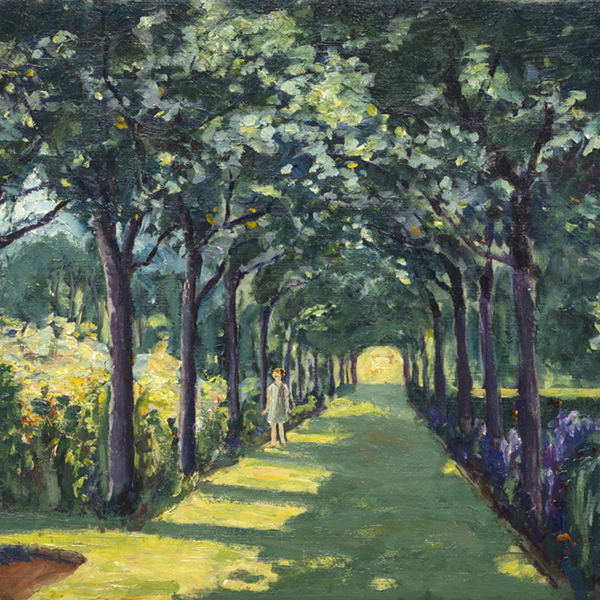
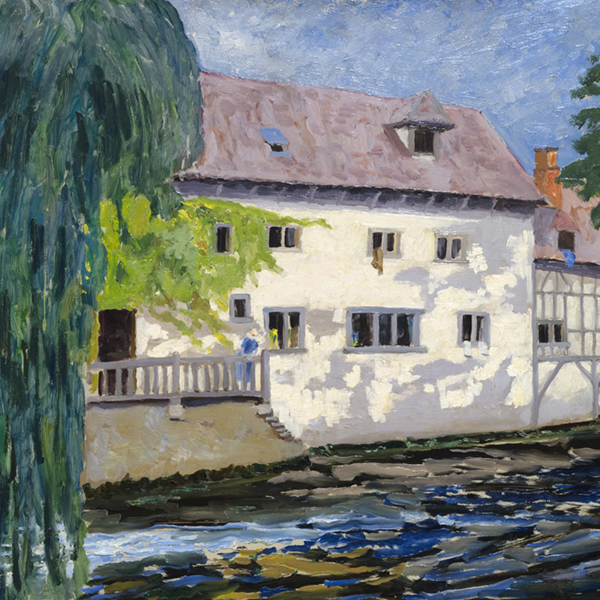
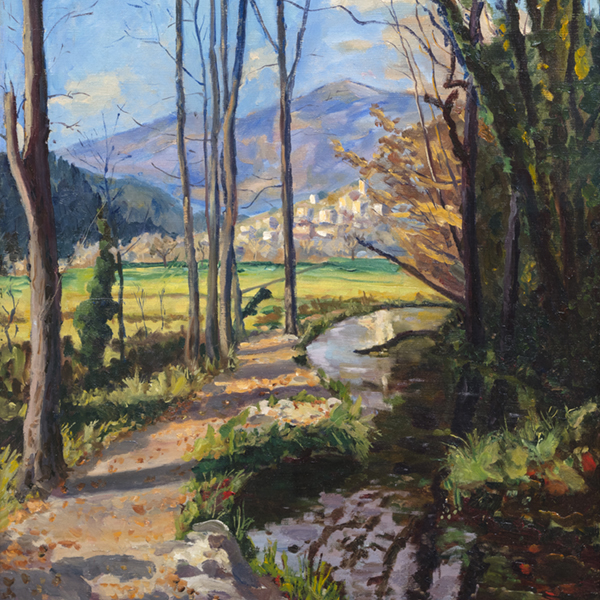
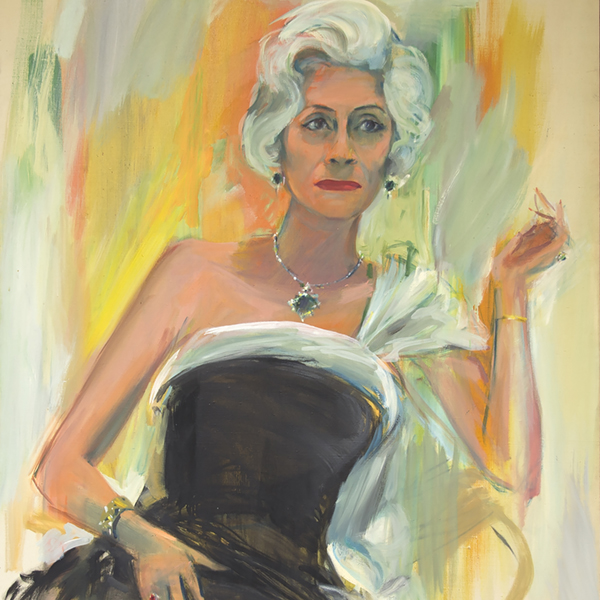
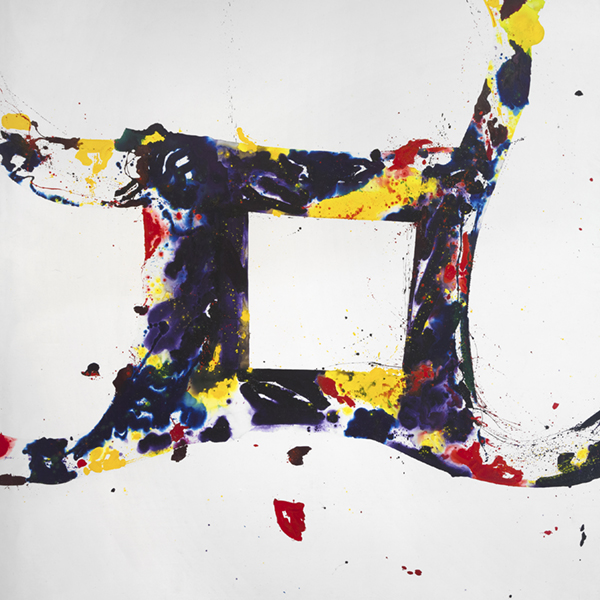
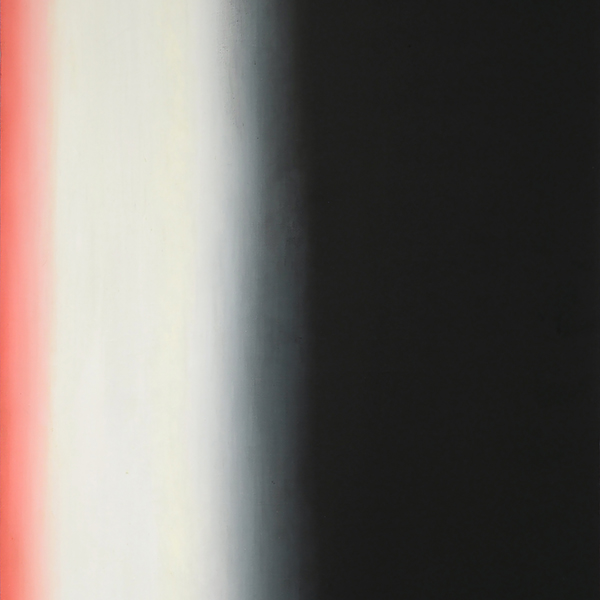

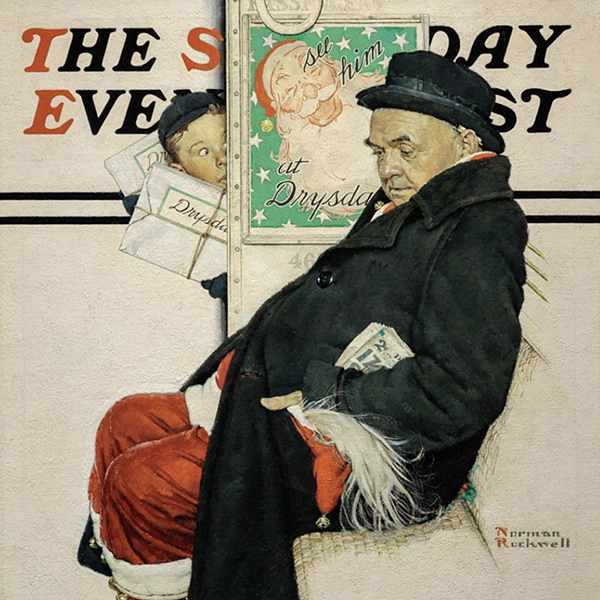
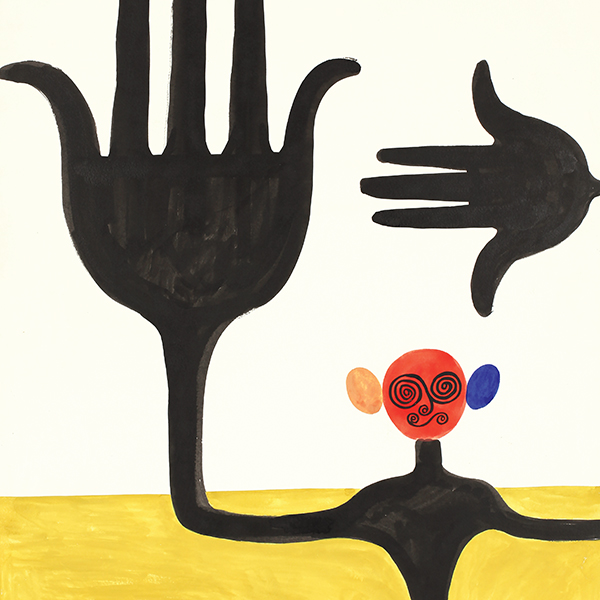
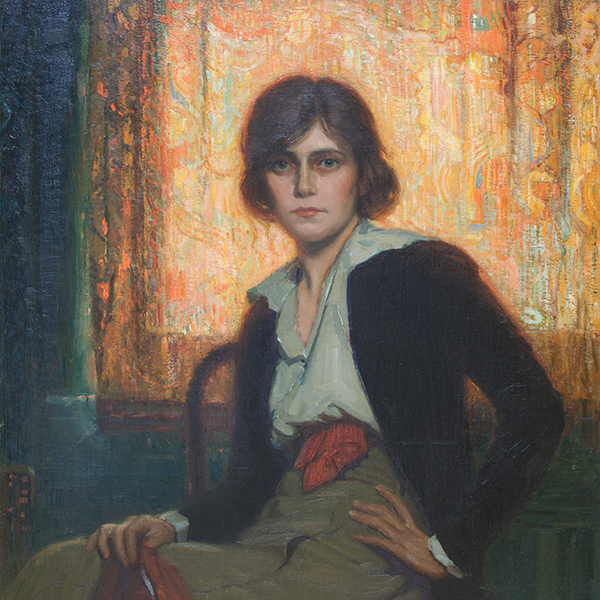
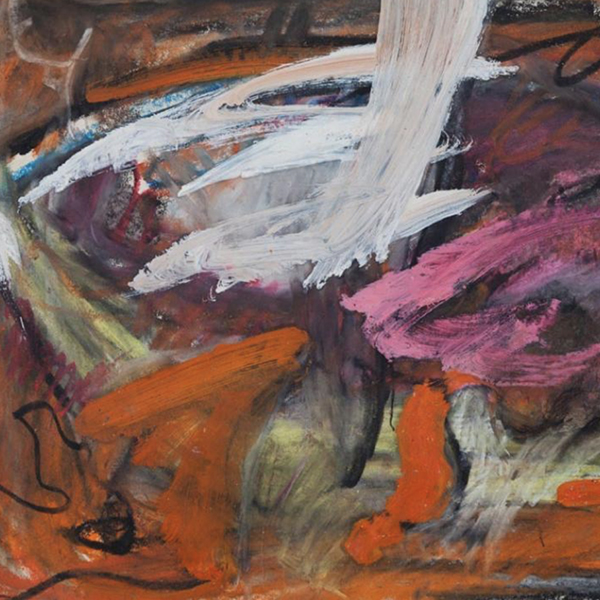
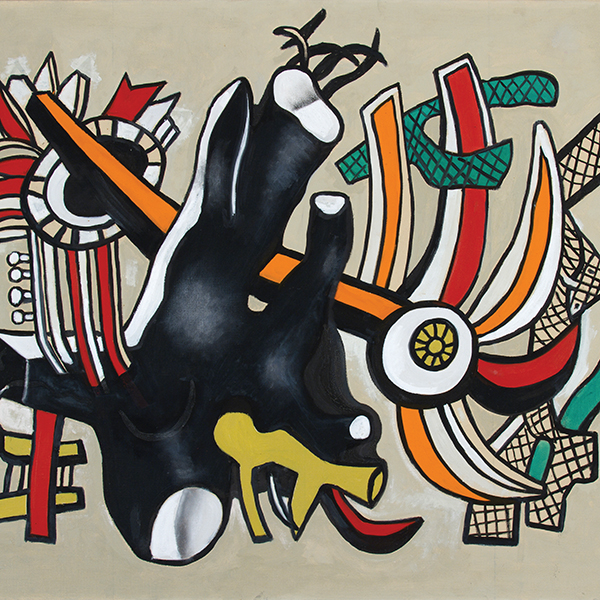
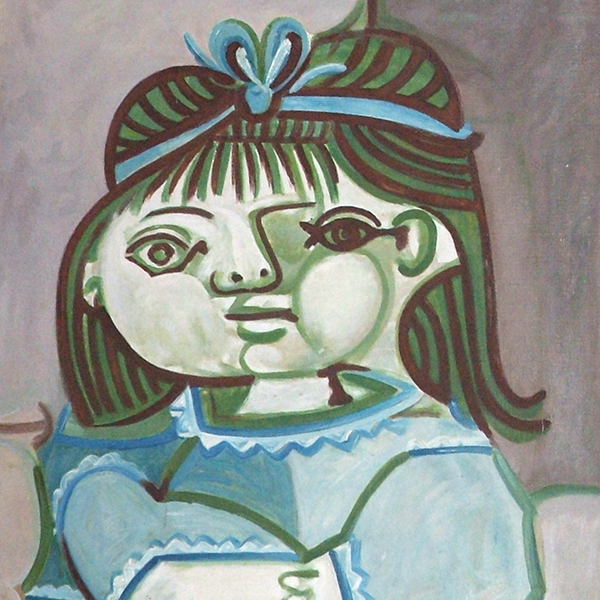




















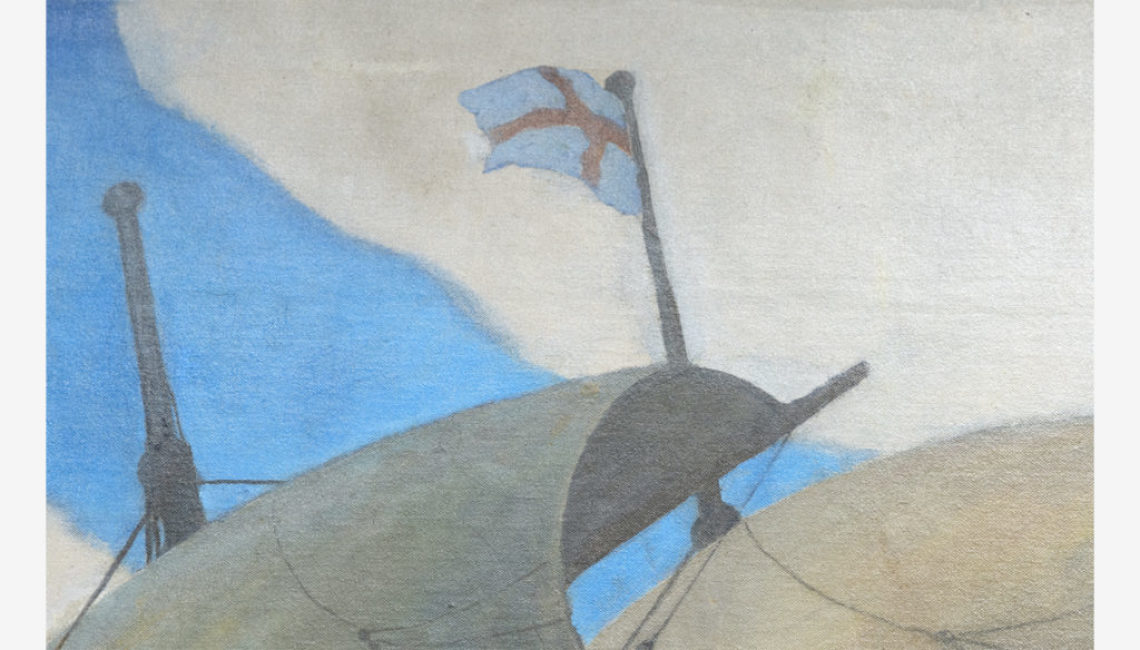




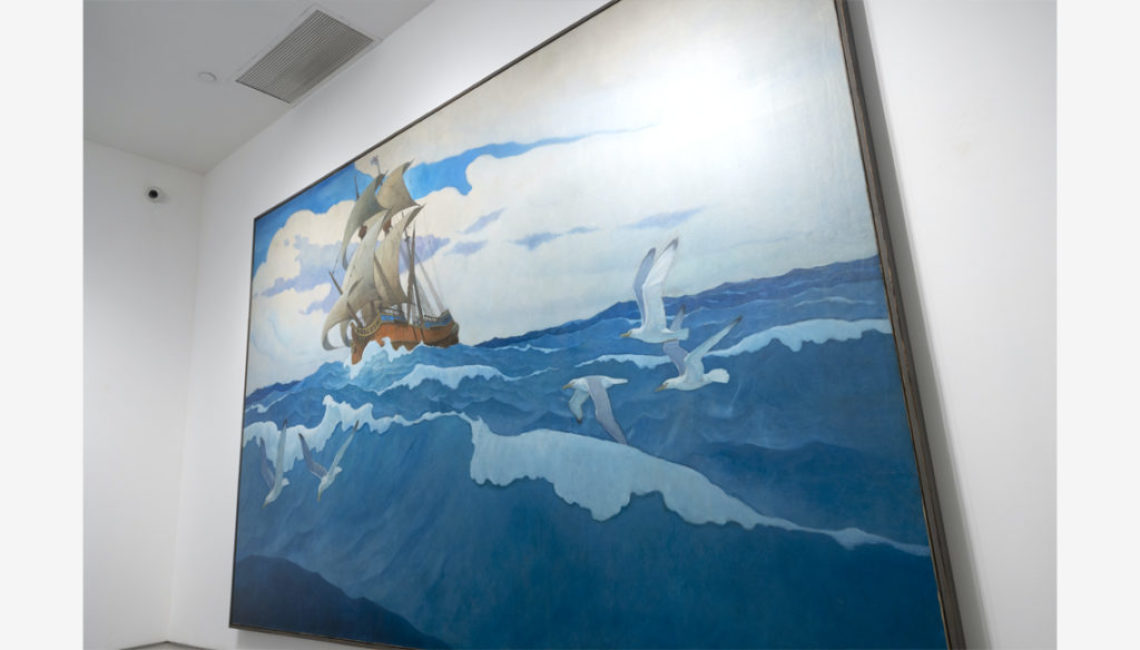

















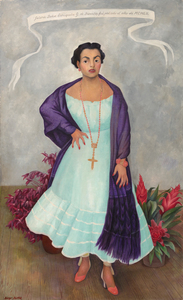
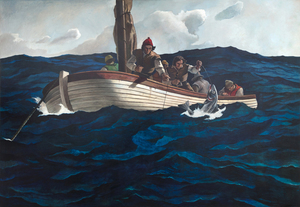
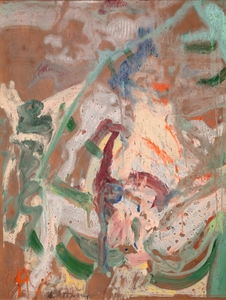
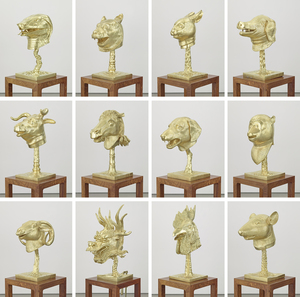
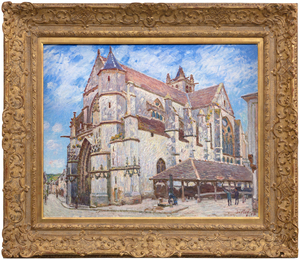
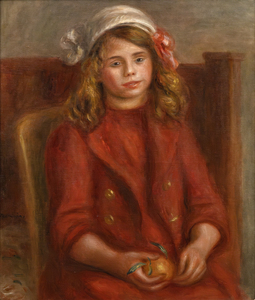
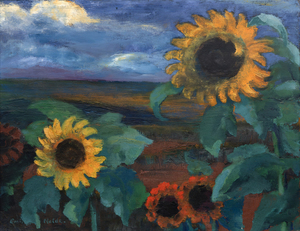
_tn43950.jpg )

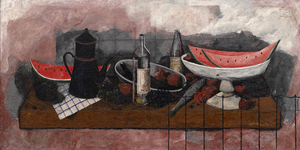
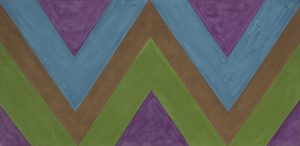
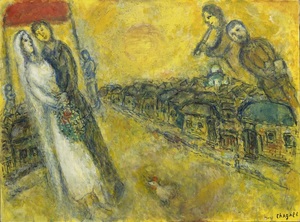
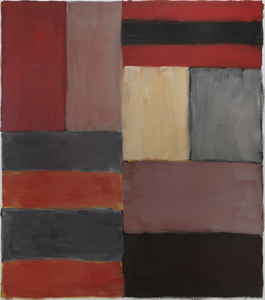
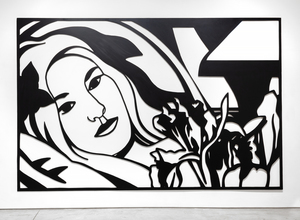
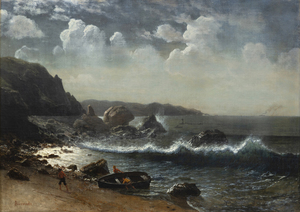
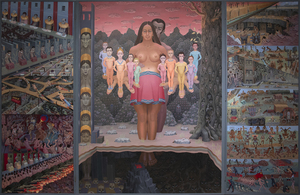
_tn31465.b.jpg )